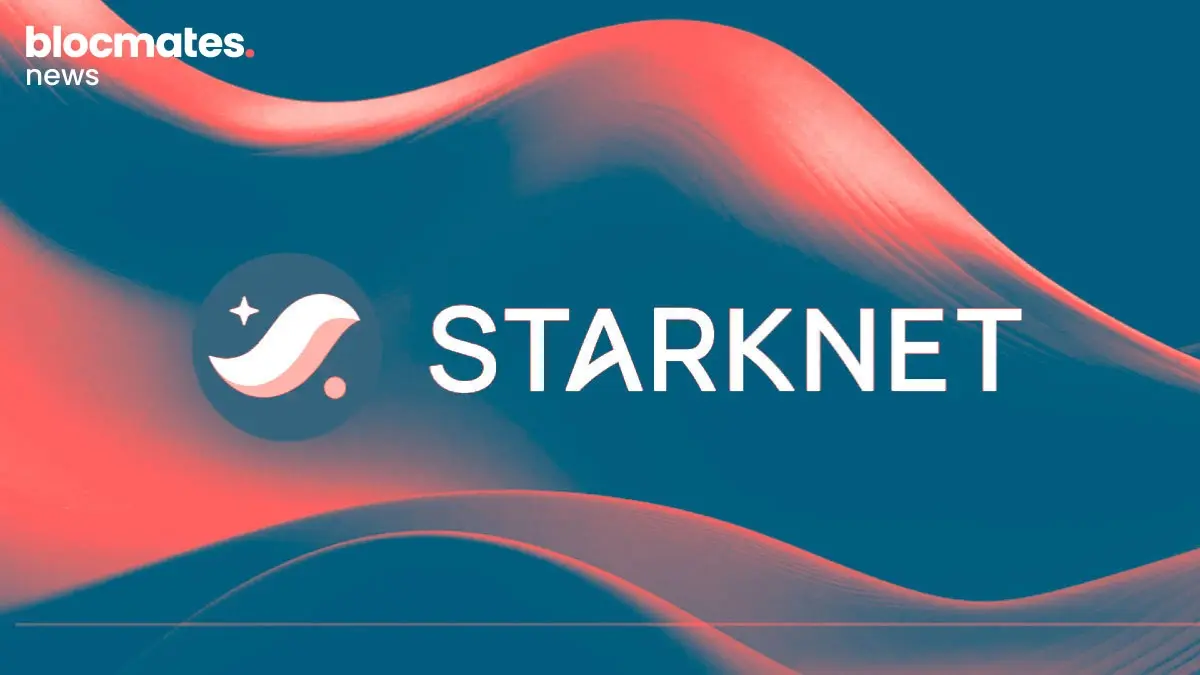I have a theory that should the cryptocurrency markets ever get boring, it only means that stablecoins no longer exist. The attempts at creating a truly secure, transparent, efficient, and trustable stablecoin has proved to be an enthralling spectacle thus far.
Candidly, in our very midst, lies the freshest spectacle of amusement — USDC's brief divorce from its peg only a few moons past. A marvel of emotions intertwined, weaving a tapestry of trepidation, unease, and a pervasive notion of "Oh, how capricious this space truly is!".

My point? Stablecoins deserve more attention than they’re given, and while I might, in an uncharacteristic fashion say kudos to those attempting to create a more efficient, independent, and transparent market through their innovative approach to Stablecoins, I dare say there’s a need for more protocols to give it their best, ingenuine shot.
Current attempts at creating a stable store of value for the decentralized economy fit into a trio of fiat-collateralized Stablecoins, crypto-collateralized Stablecoins, and algorithmic Stablecoins, all of which are made distinct by their collateral ratios, issuance mechanism, price stability, and underlying assets. While some are backed 1:1 (USDC, USDT, BUSD), overcollateralized 1:1.5 or 1:2 (DAI, bitUSD) others, specifically algorithmic ones like FRAX, use complex mechanisms in maintaining their peg.

In this intriguing piece, we delve into the realm of a stable interest-bearing Stablecoin, an exceptional fourth tier of stablecoins that not only maintains stability but also adds value to the asset holders. As we witness the diminishing power of the dollar (a nod to Jerome Powell and a shout-out to Gensler), this delightful development brings a glimmer of hope not only to my heart but also to all those who navigate the bustling pathways of decentralized finance.
Let’s get into it my fellow Anti-Powell enthusiasts, shall we?
Lybra Finance’s eUSD is a money-printing stablecoin
Unlike the three main categories mentioned above, Lybra, a decentralized protocol, is towing a different route by issuing a Stablecoin (the eUSD) backed by LSDs, starting with stETH, Lido finance’s staked ETH receipt. To simply put, if you hold eUSD, you don’t just have a stablecoin but you get to earn more eUSD from holding eUSD.

If you’re wondering how this works, you’re not alone. On paper, it looks quite dreamy and only when we take a closer look at how this works, are we able to grasp why it’s not just an idea but a significant progress in the exodus to a “perfect” stablecoin. Thankfully, that’s what we will be doing, looking at eUSD with a microscope; how it works, the benefits, and the Lybra ecosystem in general.
To begin, we will look at what’s made this concept quite a reality.
Thank you, Shanghai
An LSD-backed interest-bearing stablecoin would be a pipe dream without the recent Ethereum upgrade. The recent upgrade which made the un-staking of staked ETH possible has catalyzed a boost in LSD interest and a corresponding increase in the TVL of LSD protocols. Thanks to Shanghai, smart contracts can leverage the increased yields from the flywheel of various LSDs, as well as reduced risks in staking ETH, to create a secure, price-stable, and interest-bearing stablecoin.
What’s eUSD?
The eUSD is a stablecoin pegged to the US dollar through an overcollateralization process which involves the depositing of ETH or stETH in the Lybra decentralized smart contract.
Lybra’s extensive plan is to incorporate other LSD tokens, however, to kickstart things, it currently allows for the deposit of ETH (auto-converted to stETH) and stETH. eUSD is minted as users borrow from their deposited ETH and stETH

eUSD is thus, an interest-bearing stablecoin as it’s backed by an income-generating token (stETH). So, by merely holding eUSD, holders receive stETH up to 8% as a base APY, converted and distributed as eUSD.
Apart from being able to earn up to 8% in APY, eUSD features a 0% loan interest; holders can leverage long ETH with zero fees. This sounds like a fairytale in “la la land” for DeFi users. Thankfully, it exists, as Lybra Finance is making all of this happen in real time.
So, let’s take a quick example of how the “maths” works! Let's say, you have $1000 worth of stETH. After a year you would earn an additional $60 worth of stETH with an APR of 6%. But since $1000 worth of stETH can only mint $625 eUSD, in this case, your eUSD yield would be equal to $60/$625 = 9.6%.
eUSD Stability
In terms of stability, the eUSD is upheld with a combination of liquidation, overcollateralization, and arbitrage opportunities. As an overcollateralized asset, each minted eUSD is backed by a deposit of $1.60 of stETH or ETH converted to stETH.
Undercollateralized positions are a risk to eUSD stability. Lybra allows users to liquidate risky positions (below collateral threshold), buy the debt (stETH) and pay in eUSD thereby putting pressure on eUSD and ensuring stability.
More so, should eUSD fall below a dollar, users are allowed to arbitrage the opportunity by buying at discounted rates in the markets to redeem at the ideal peg within Lybra protocol. The demand pressure for discounted eUSD will thus drive it up back to its peg. Users can choose to either hold or sell the ETH/stETH difference.
Inversely, in the event that eUSD surpasses one dollar, individuals have the opportunity to generate fresh eUSD by providing ETH as collateral, subsequently vending the newly created eUSD on a decentralized exchange (DEX). With the proliferation of eUSD in the market, the supply expands, exerting downward pressure on the price until it reaches 1 dollar or its hard peg again. At this point, users can repurchase eUSD at a reduced price or employ it to settle their debts, thereby gaining profits from the disparity in prices.
Lybra Native governance token (LBR)
Lybra is a decentralized protocol and as such, is governed by holders of its native token “$LBR”. However, to participate in governance, LBR holders have to stake their tokens to receive esLBR issued on a 1:1 basis, to actively take part in the governance process as well as receive a percentage share of protocol revenue.
LBR tokens can accrue by minting eUSD as well as providing liquidity to the eUSD/ETH pool.
Just like I have mentioned above, LBR holders or rather esLBR holders receive protocol revenue generated from the following ways:
- A 1.5% annual service fee charge on the total amount of eUSD in circulation accrued per second. This is then distributed to LBR Stakers or esLBR holders.
- eUSD holders receive interest from underlying stETH
- The Lybra protocol allows users to deposit ETH and mint eUSD as a stablecoin at zero interest rate and without fees
At Lybra, We all have our roles
For the Lybra protocol to work, everyone has got a role to play and each role is integral to the success of the protocol. The roles that currently exist are: Minters, Holders, Liquidators, Redemption Providers, and Keepers. It’s important to state that anyone can take up any role within the ecosystem.
Minters/Minting eUSD
Certain minting requirements exist when it comes to the eUSD, one of which is the fact that the collateral should be above 160% of the borrowed eUSD as well as the fact that when minting eUSD above a million dollars in equivalence, the total mint should not exceed 10% of the current circulating supply of eUSD.
Yes, these rules exist and are not a problem, what’s more important is why should anyone really, I mean, really choose to mint a stablecoin on Lybra. The answer is quite simple, there’s an edge in offering negative-interest loans that allow you to borrow against your deposited ETH, and allows you to earn interest such that it becomes easy to repay your loan.
It doesn’t end there! You are free to repay the loan anytime you want as long as the collateral threshold is even or above 150% which is the minimum collateral rate allowed on Lybra. If the price of ETH is relatively stable at the price with which you made the deposit, you are in the clear and can hold the loan for as long as you want while earning interest.
Rigid Redemption / Redemption Providers
Redemption Providers are free to charge a 0.5% fee as well as a 20% boost in increased yield from esLBR rewards when they allow eUSD holders to redeem against their ETH collateral. How does this redemption process work and how does it affect price stability?

Minters i.e. eUSD borrowers can either choose to provide rigid redemption services and thus be able to participate in rigid redemptions. But what is a rigid redemption? It is the process of exchanging eUSD for ETH at face value i.e.: 1 eUSD is equal to $1. For example, if user A intends to get ETH but holds minted eUSD worth $18,550, the rigid redemption involves getting a 1:1 ratio on his eUSD in ETH. In order to redeem, there has to be a redeem provider willing to offer their collateral ETH to ensure the transaction is validated, however, this service will cost a 0.5% rigid redemption fee on the transaction.
Embrace the allure, yet there lies a twist within. A portion of the redeem provider's collateral will be lost during the redemption process; however, the provider’s debt will be reduced to create a balance. Should you dare to embark on the path of provision, an unwritten contract beckons, demanding your unwavering commitment for a minimum of 7 days before it can be cancelled.
Finally, on this interesting issue of redemption and price stability, redemptions can be viewed as a debt repaid by a reasonable Shylock at the expense of your collateral. In this mix, two types of redemptions exist; the partial and the full redemption. The dissimilarity between these two forms is readily discernible. Partial redemption falls short of completely settling the debt, whereas full redemption accomplishes precisely that. In either case, your collateral diminishes, albeit the remaining debt can range from zero to a residue left.
Liquidations/Liquidators and Keepers
In DeFi protocols, Liquidations occur when the collateral rate drops below the specified threshold which in the case of Lybra is set at 150%. And so, once a borrower's (Minter’s) debt fall to collateral rate falls below the threshold, a red notice is issued just like in the case of John Wick, and in order to restore equilibrium for the borrower, a mesmerizing liquidation ritual must be enacted, akin to a captivating act of rebalancing.

As a borrower or minter, you are advised to go beyond the threshold in terms of your collateral to somewhat around 200% or over to be on the safe side and avoid being hounded by the mercenaries of the high table (you can tell I am enjoying these John Wick puns). These mercenaries are the liquidator and the keeper.
The liquidator uses their eUSD to settle the debts of the borrowers. How? In a situation where a borrower is in the red zone, 50% of the borrower’s eUSD is burned from the holdings of the liquidator to settle the debt. The liquidator, in return, receives the collateral asset (ETH or stETH) at 109% the value of the repaid eUSD while 1% goes to the keeper.
The Keeper
Yes! I’ll use another John Wick character reference to describe the keeper — you can view a keeper as an “adjudicator” , a representative of the liquidator, who ensures that a liquidation is done in exchange for 1% of the liquidated asset. Picture the keeper as either a knowledgeable third party or, for the more astute individuals, a cunning bot capable of meticulously monitoring thresholds within the Lybra protocol.
To embark on the path of a liquidator, unlocking the tantalizing opportunity to seize up to 10% in liquidation rewards when no keeper is present, you can simply activate the liquidator feature, and rest assured that you hold the power to deactivate it whenever you please. Alternatively, by entrusting a keeper with access to your funds and delegating the liquidation process, you can still secure a handsome 9%.
One more thing before we get into Lybra’s tokenomics and proceed to wrap this awesome piece up, is the concept of overall liquidations. Basically, when the total collateral within the Lybra protocol falls below the 150% threshold, users with a collateral rate 125% and under are at risk of being fully liquidated. According to Lybra, in such an occurrence, , the liquidator only needs to pay X eUSD to obtain X * (current collateral rate - 1%) from the liquidated borrower (minter), while the Keeper's reward remains at 1%.
Lybra’s Tokenomics
Lybra will operate a decentralized autonomous organization with the LBR as a governance token.
Holders of the LBR token can soon participate in governance, directing the protocol and contributing to the stability and efficiency of the protocol.
In order to actively engage in the governance of the Lybra protocol, LBR token holders are required to commit their tokens and obtain esLBR (Escrowed LBR). The level of commitment made by a holder directly influences their voting weight within the governance system. By possessing esLBR, holders gain the ability to influence the direction of the Lybra protocol, manage the treasury, and set new protocol parameters. Additionally, all of the LSD Distribution Service Fee, i.e 100%, will be distributed among esLBR holders.
The LBR has a maximum supply of 100 million tokens
Closing thoughts
Lybra, a fresh face in the stablecoin realm, has gracefully gone live on Mainnet less than one month ago. Its debut has been nothing short of captivating, witnessing a gradual surge in deposits and the amount of circulating eUSD. In an exciting revelation, they declared their triumph in securing 0.09% of the Total Value Locked (TVL) in ETH and an impressive 0.13% of stETH, what’s more exciting about these figures, however, is how early you are, as there’s still so much room for growth.

This remarkable beginning undoubtedly sets Lybra on a promising trajectory, poised to seize a substantial portion of the stablecoin markets

Lybra is also determined to reach their target of becoming a go-to stablecoin through omnichain integrations as well as achieving weUSD to allow for DeFi integrations, both scheduled for the second and third quarter of 2023.
Will Lybra achieve all that she's set to do? I think, why not?
You can keep tabs on Lybra protocol by following the project on Twitter and contributing on their Discord.
In conclusion, although the night is still young for Lybra, there’s a growing feeling of excitement over the next few months and I can comfortably place a bet that Lybra will surely be at the top.





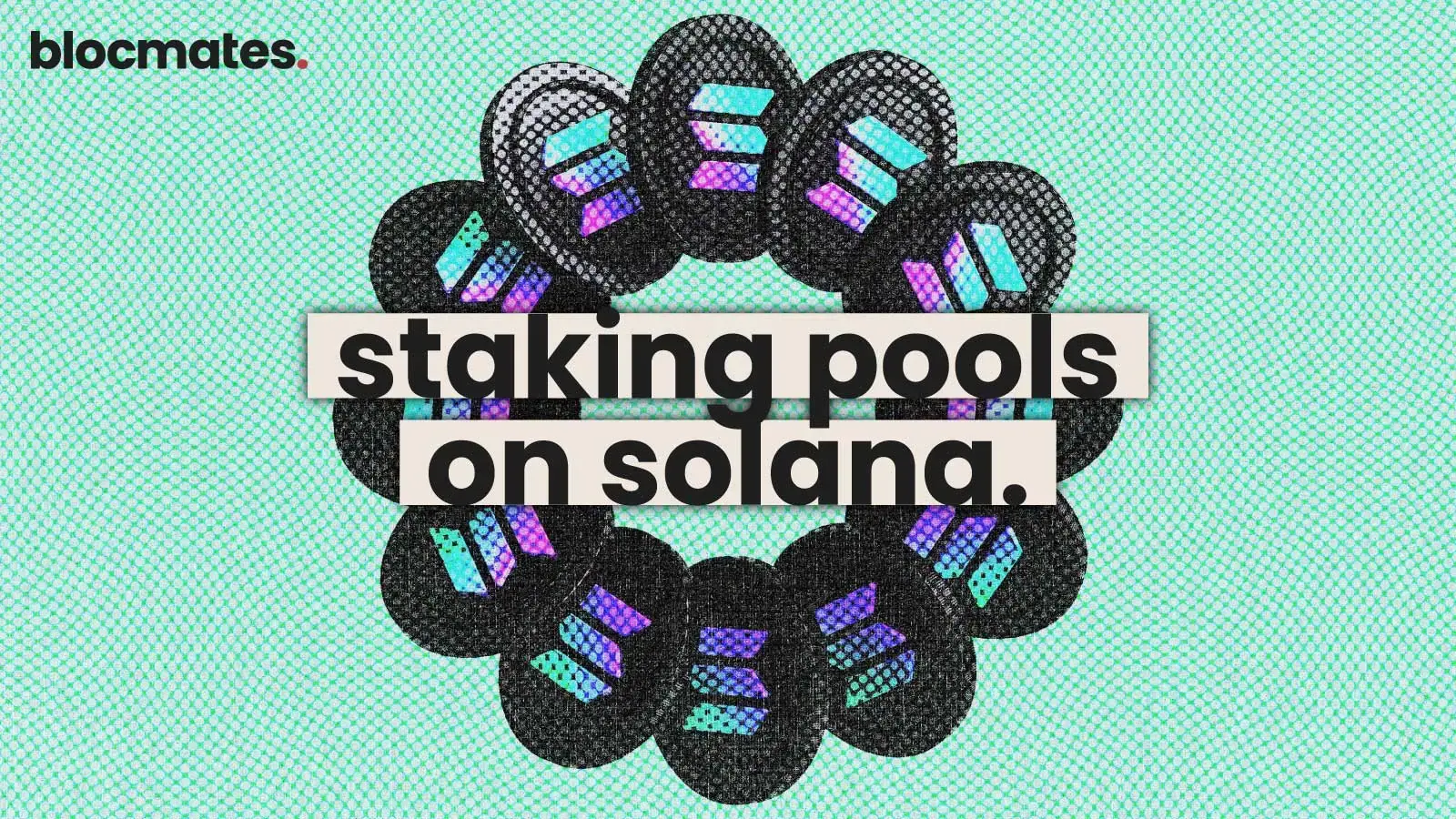




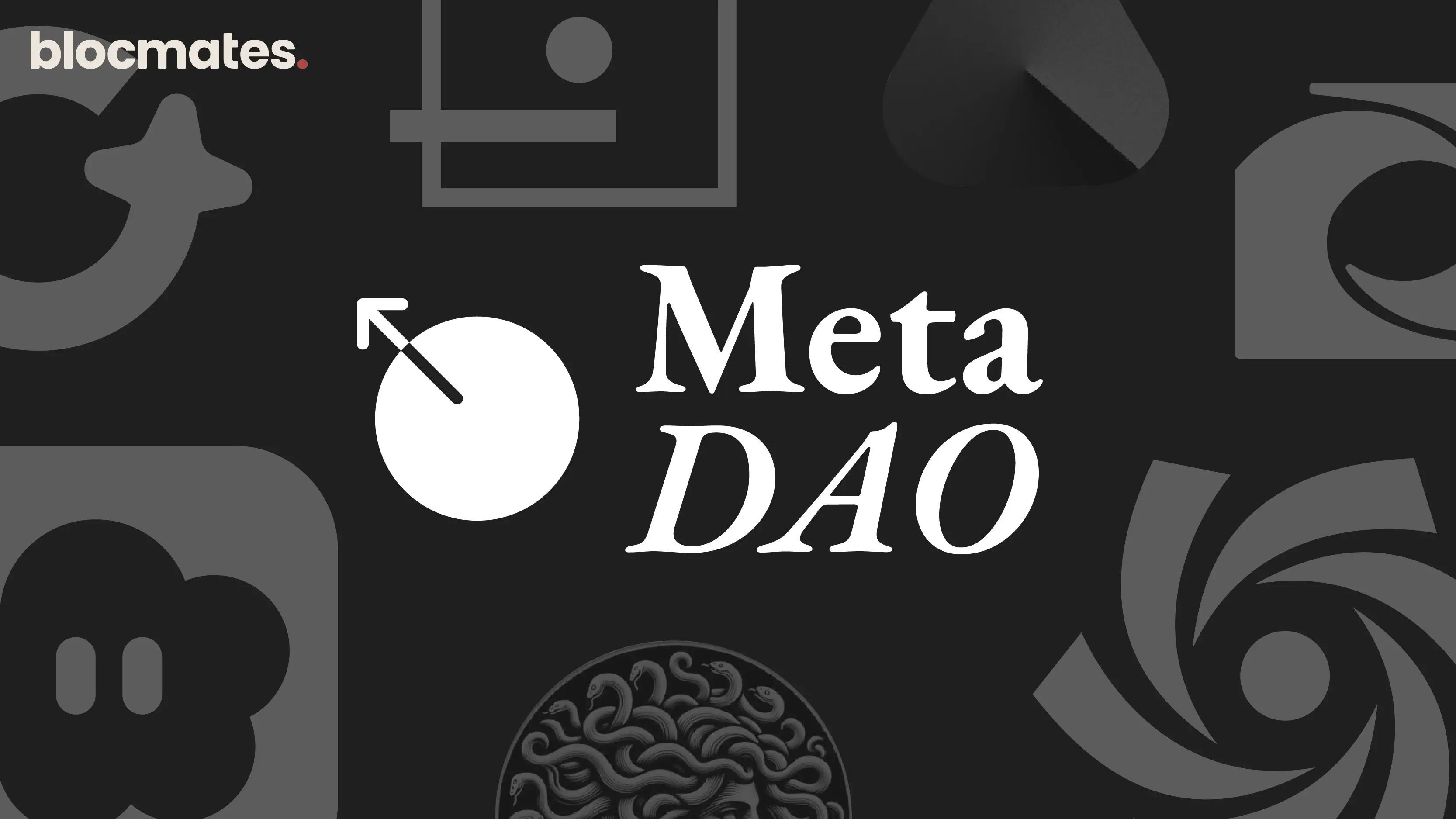
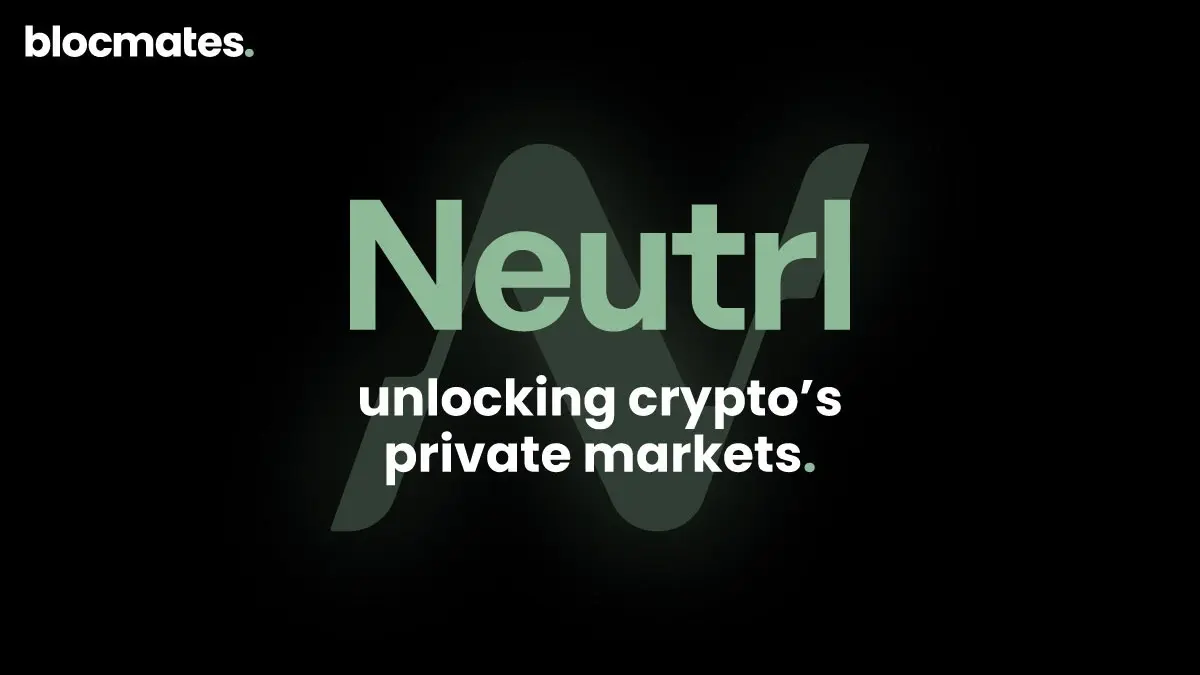


.webp)

.webp)
.webp)

%20(1).webp)
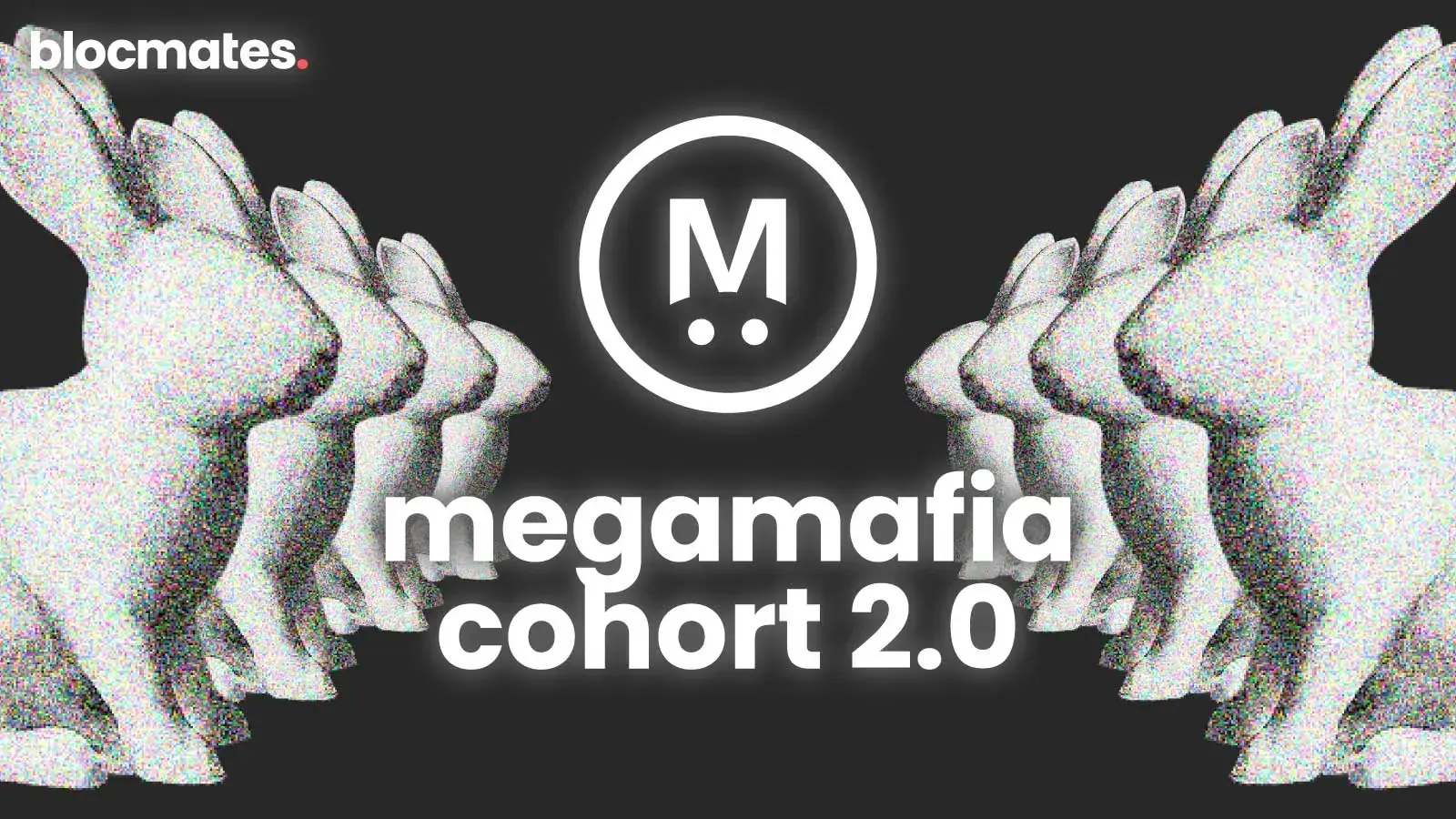
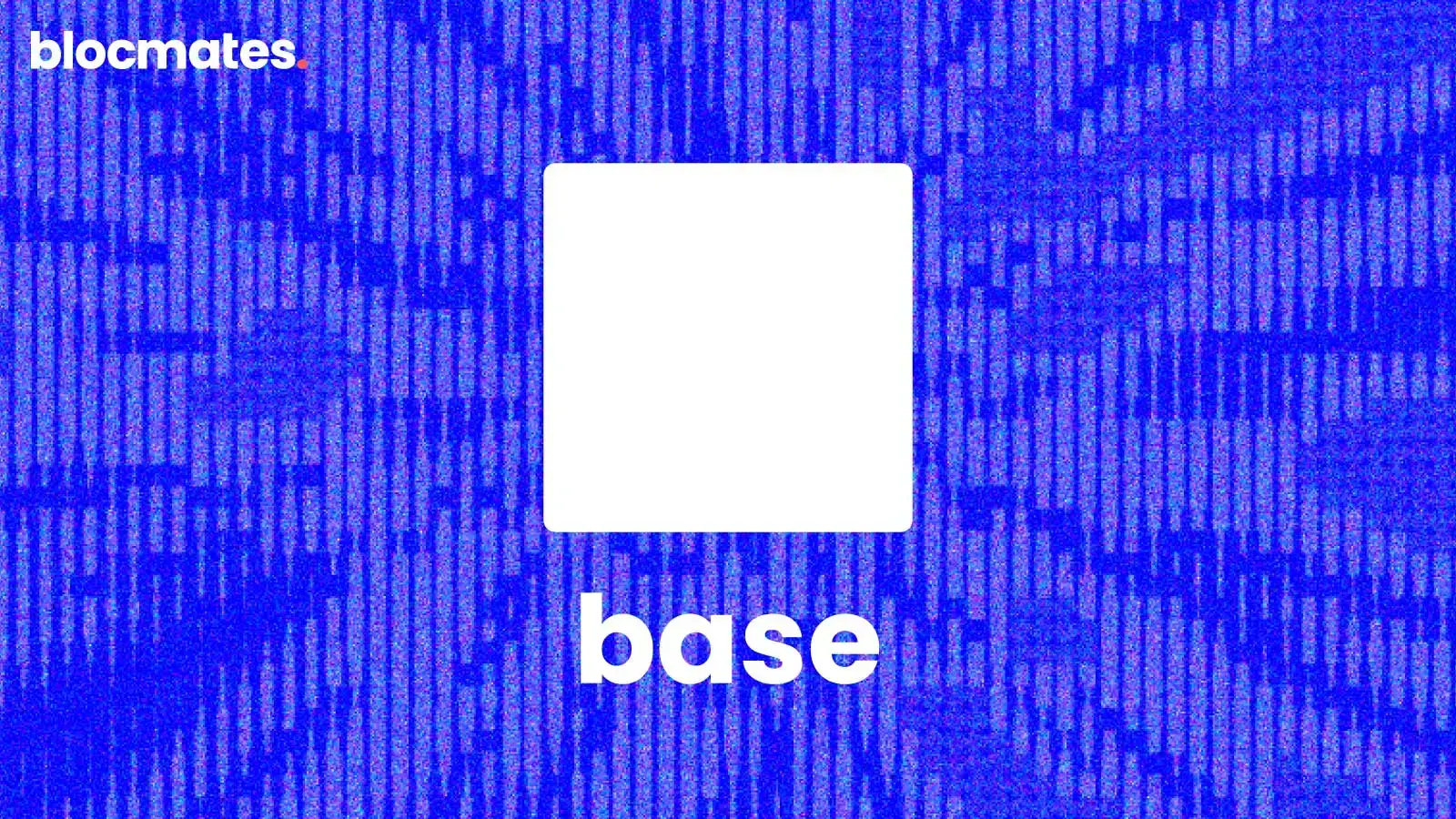
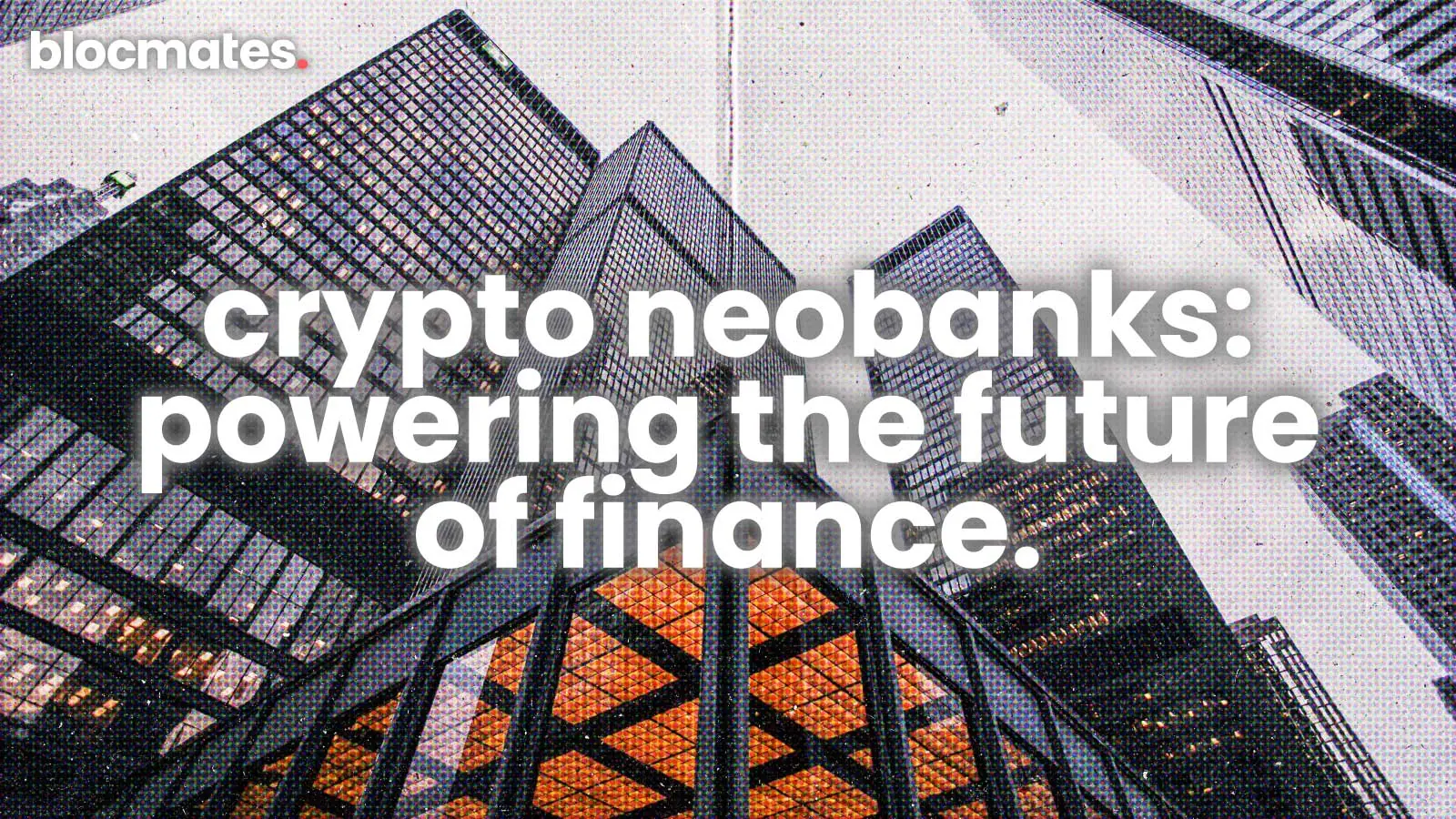


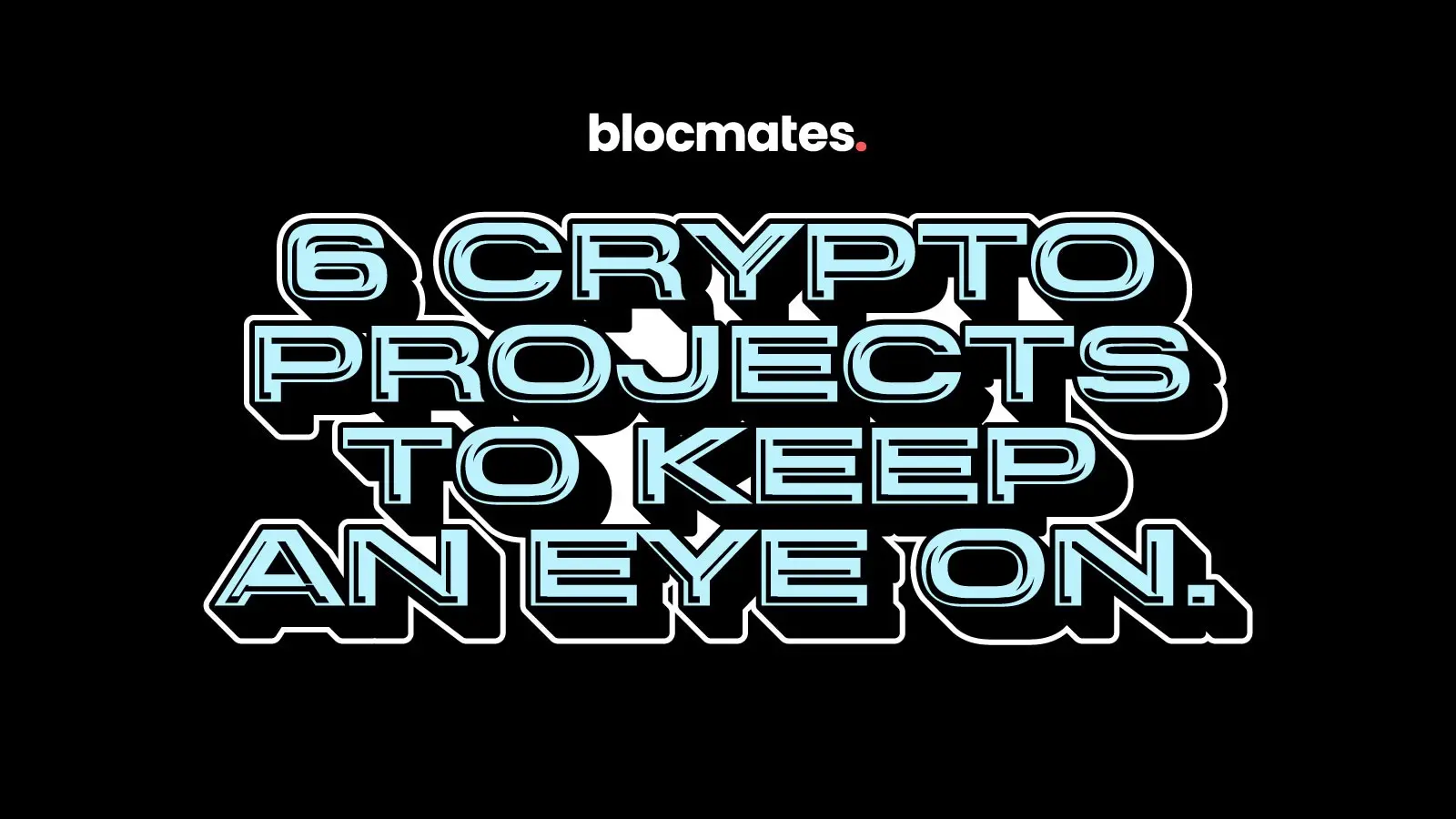
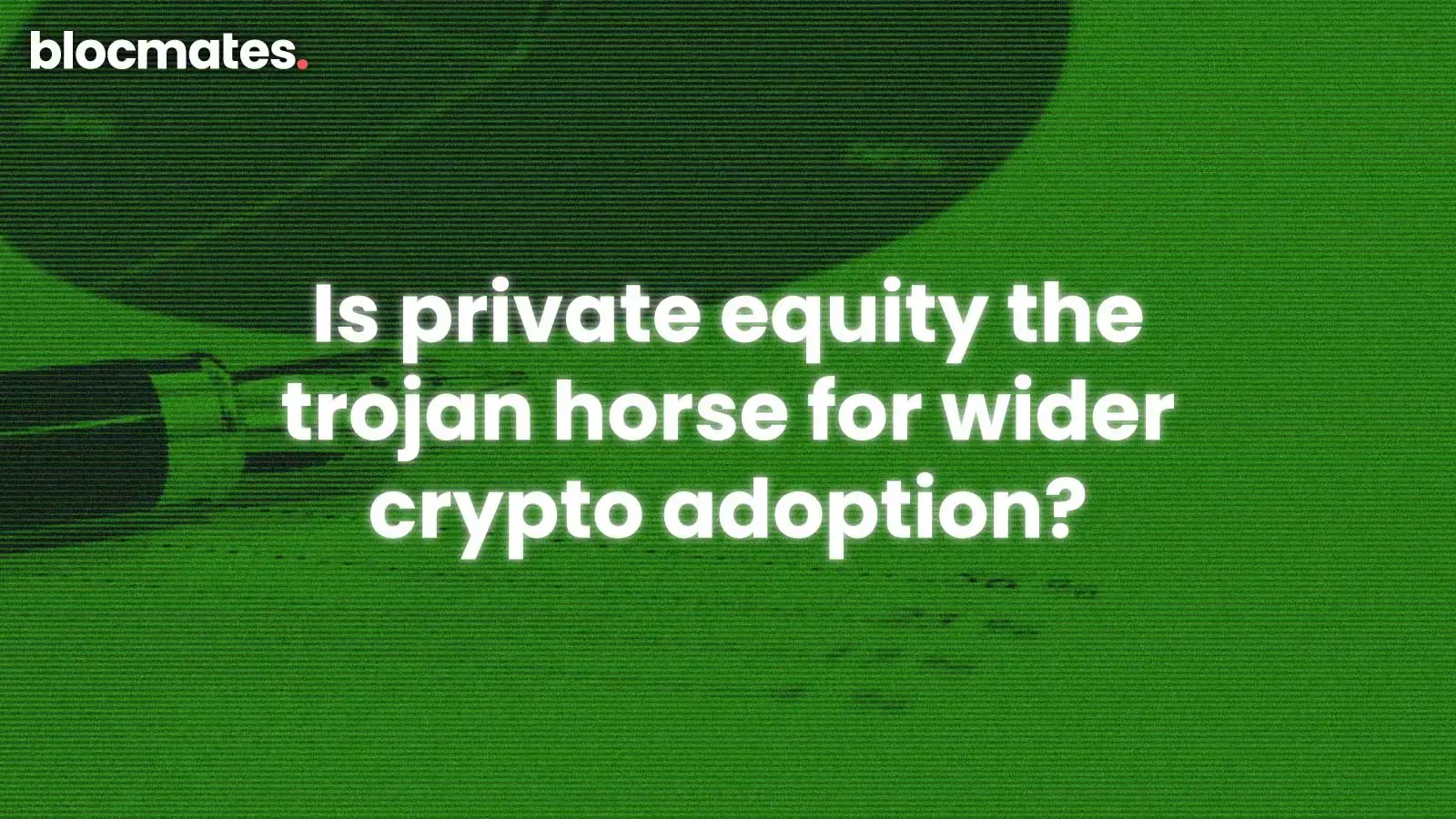
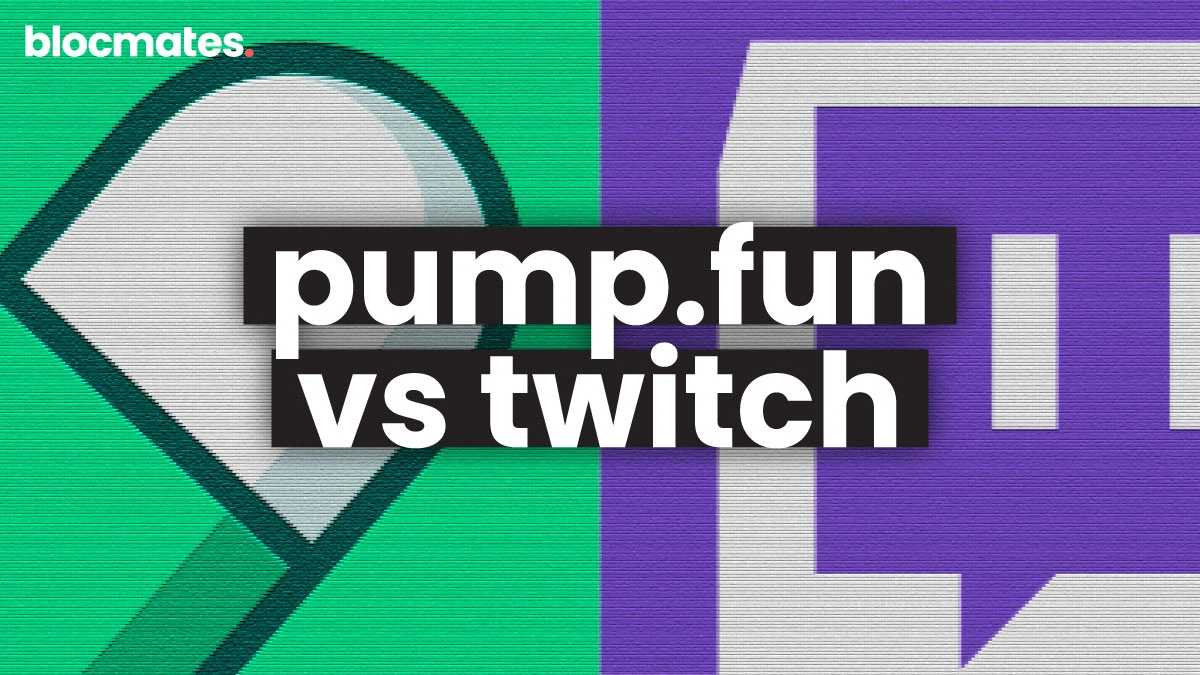

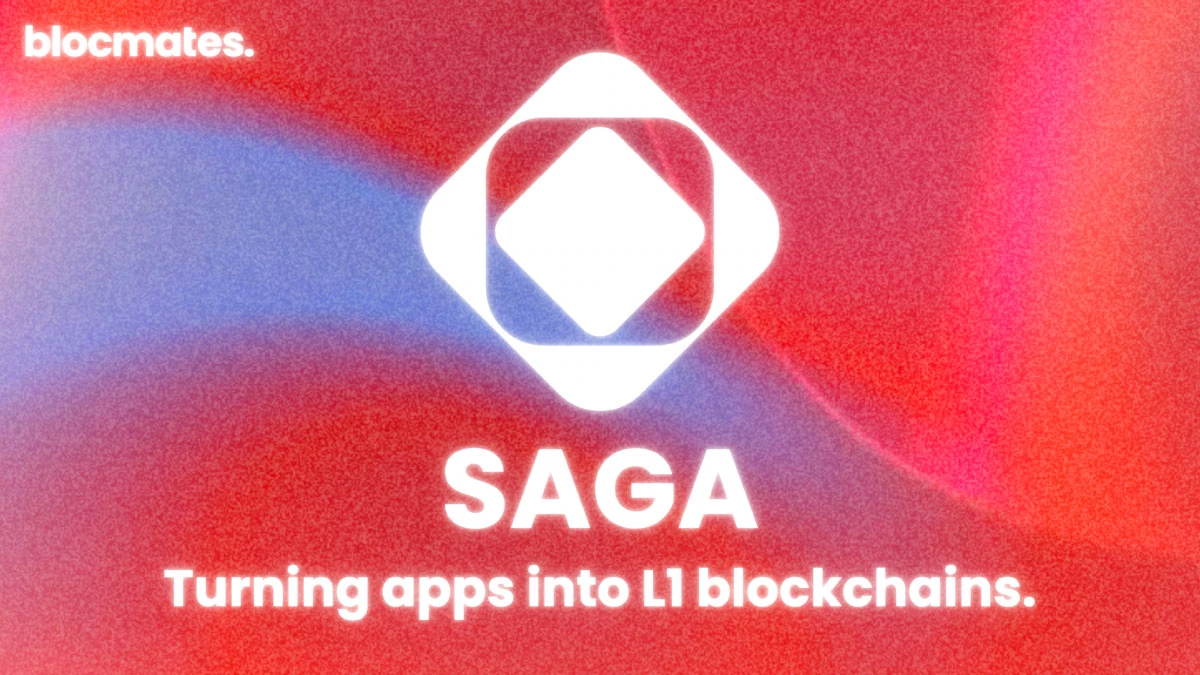

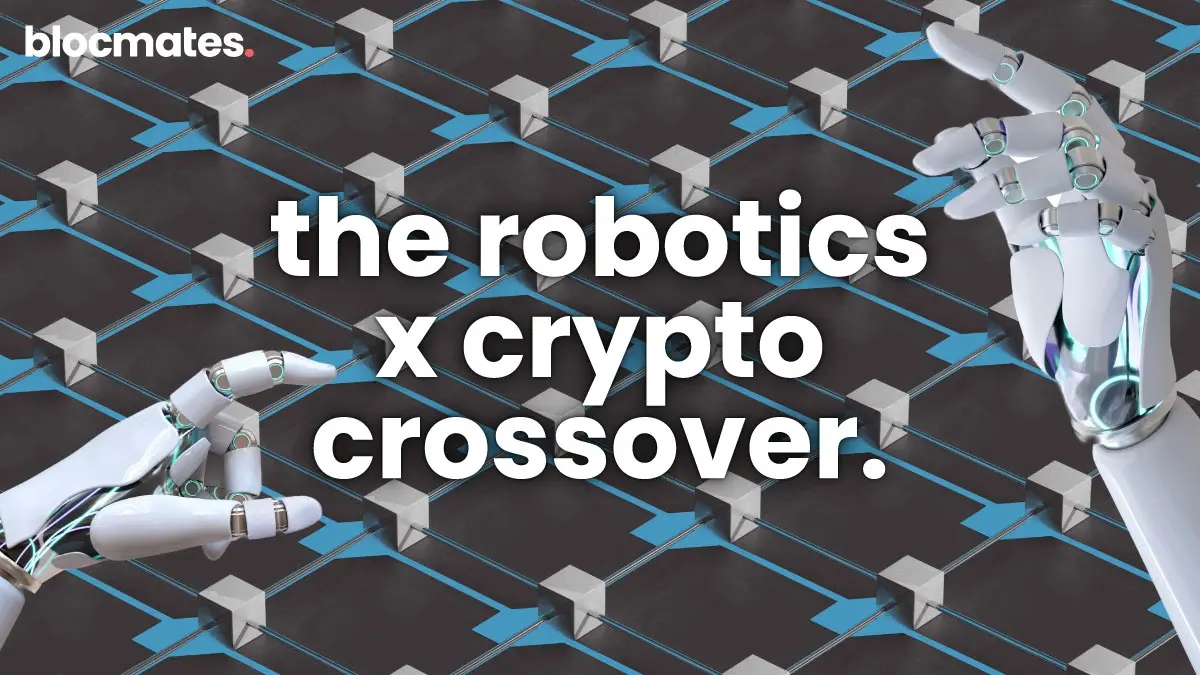
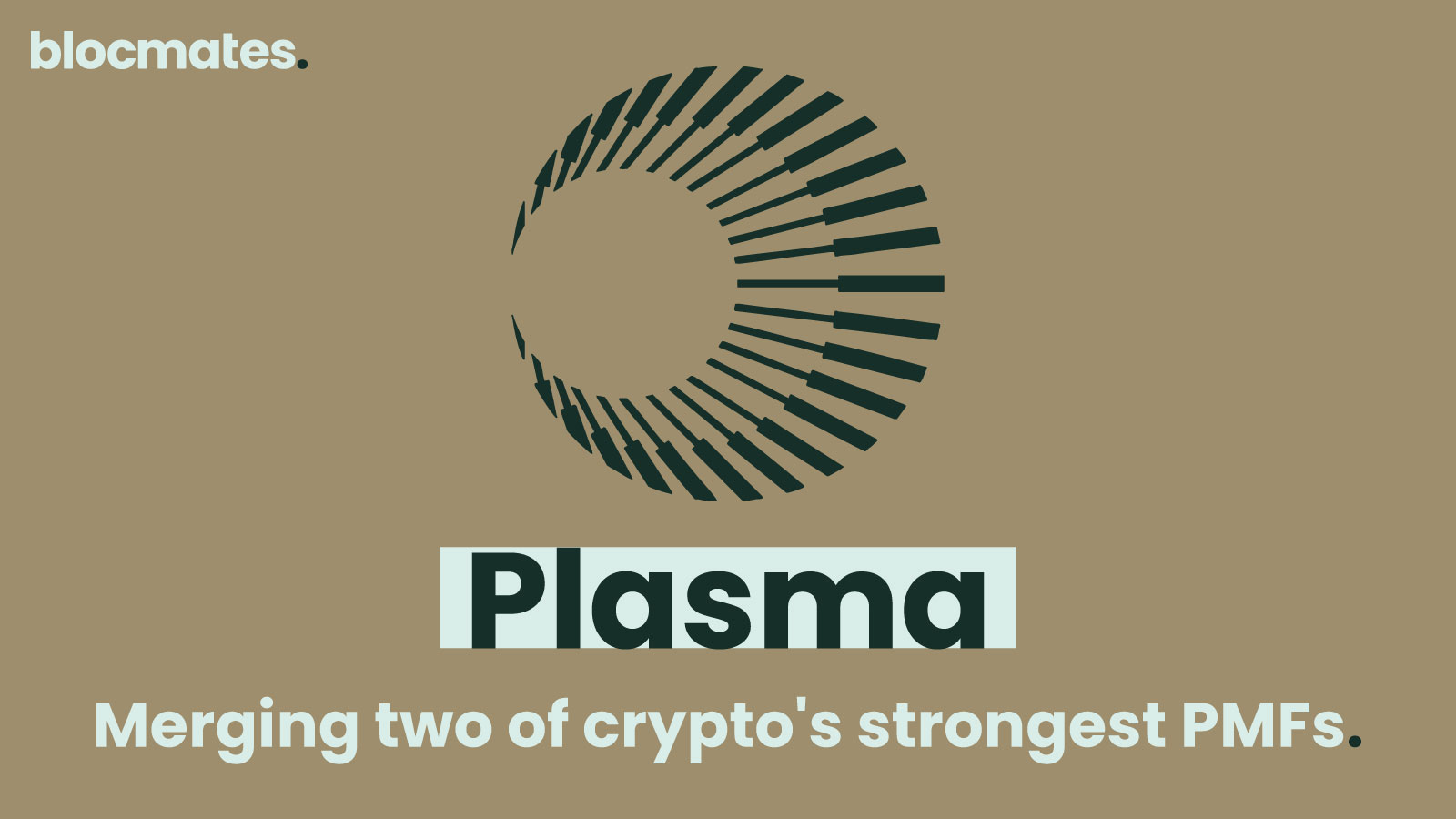

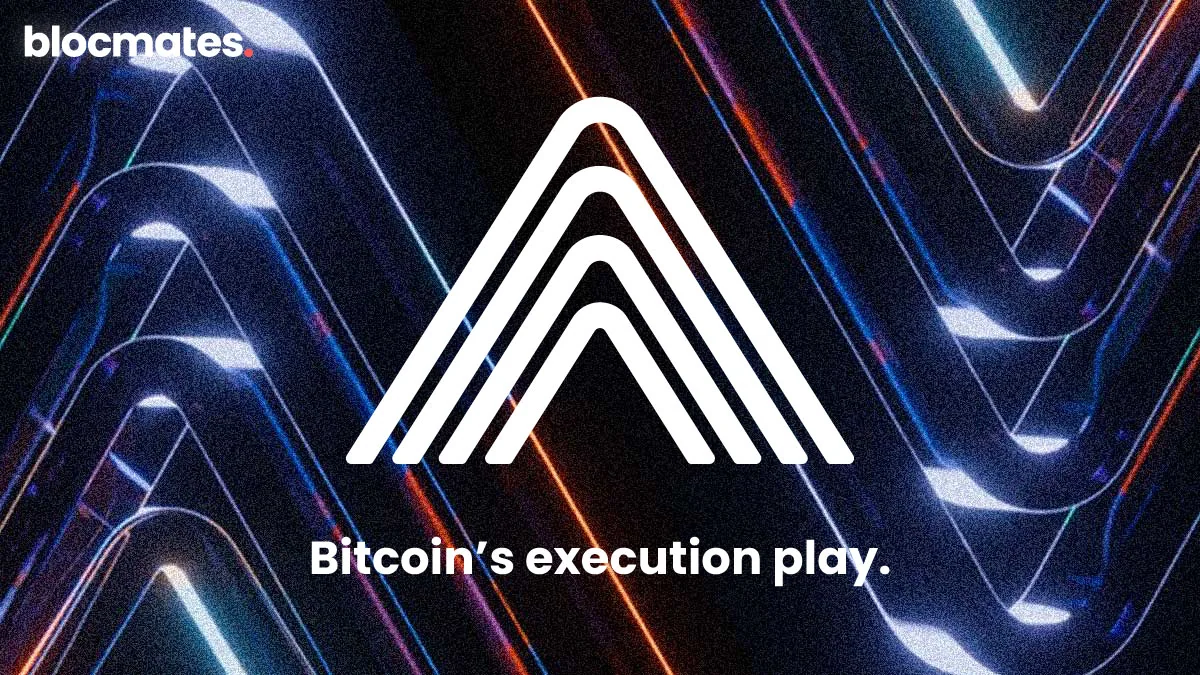
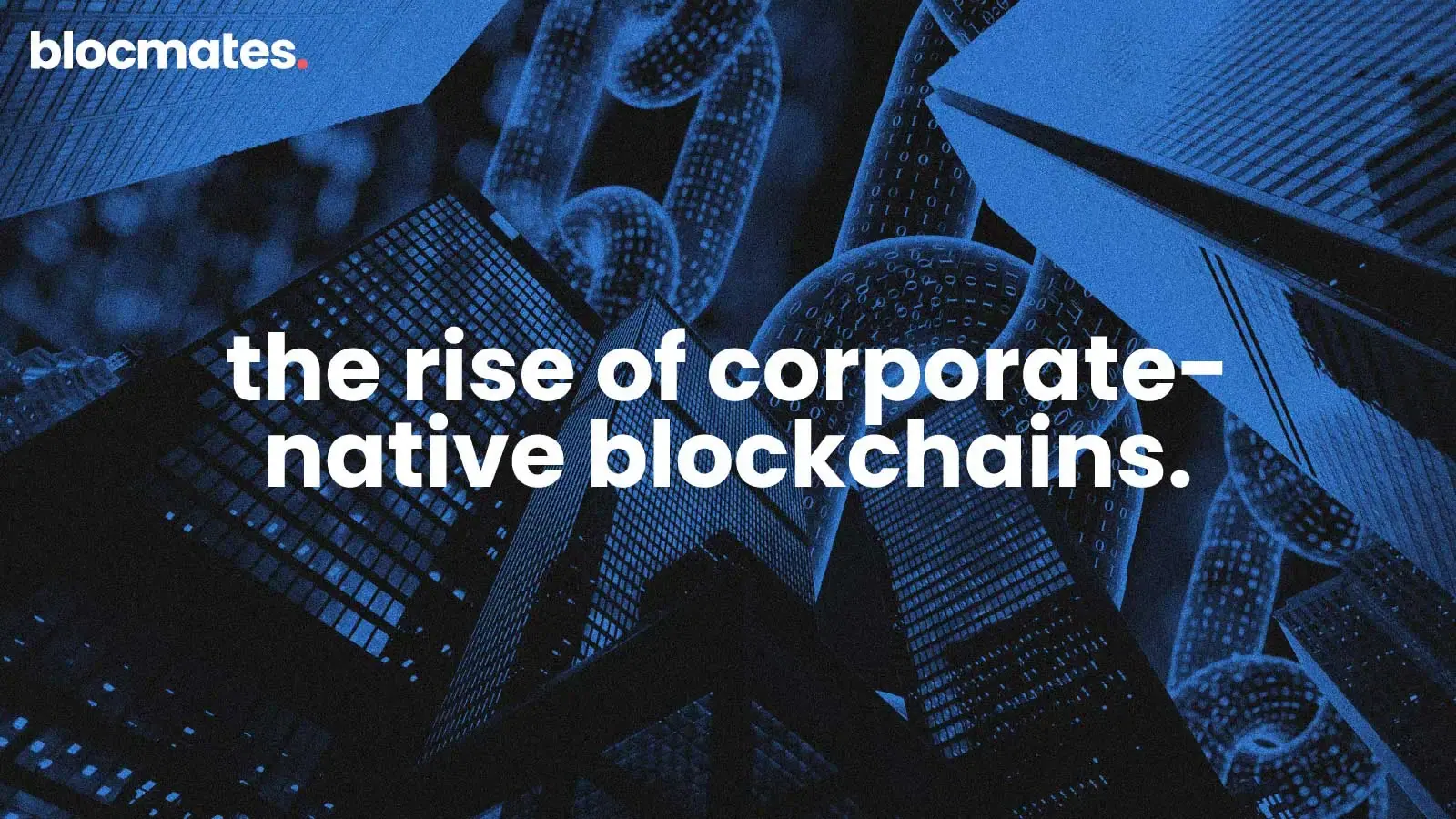
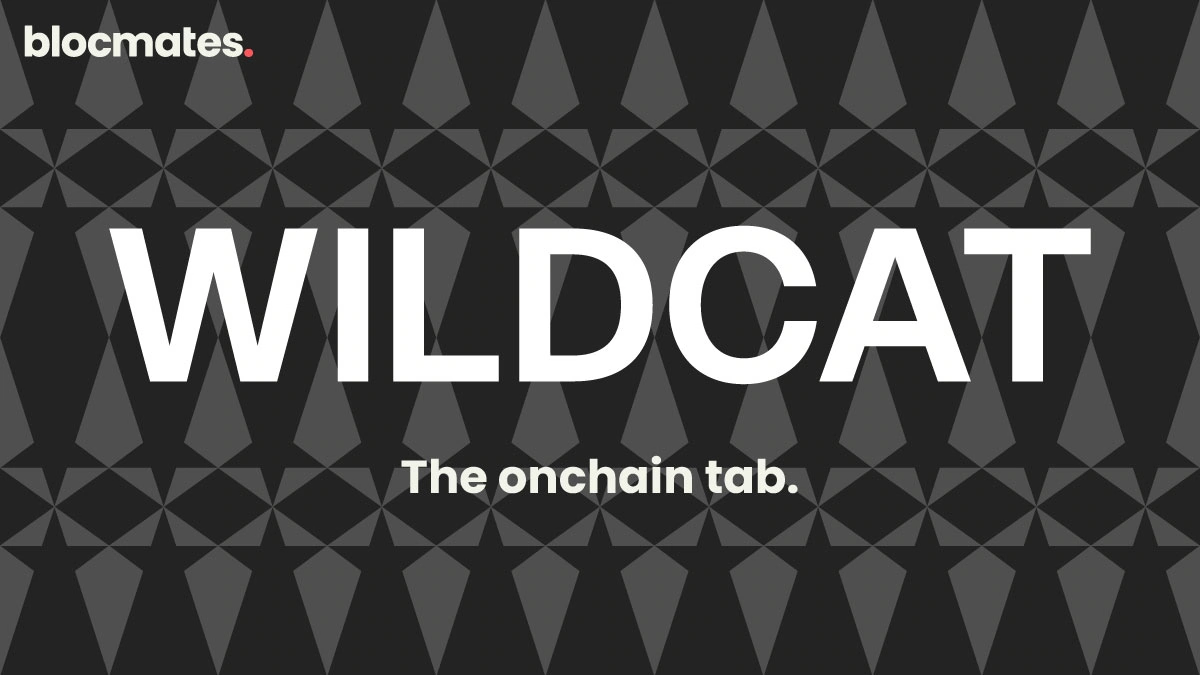
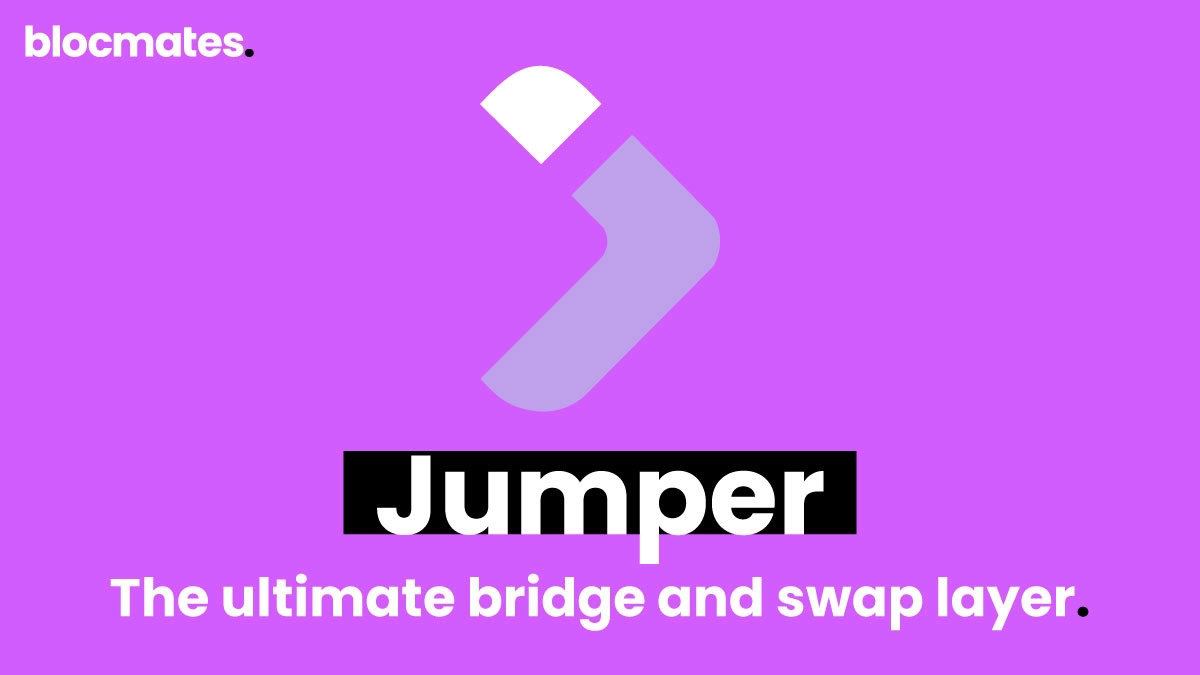
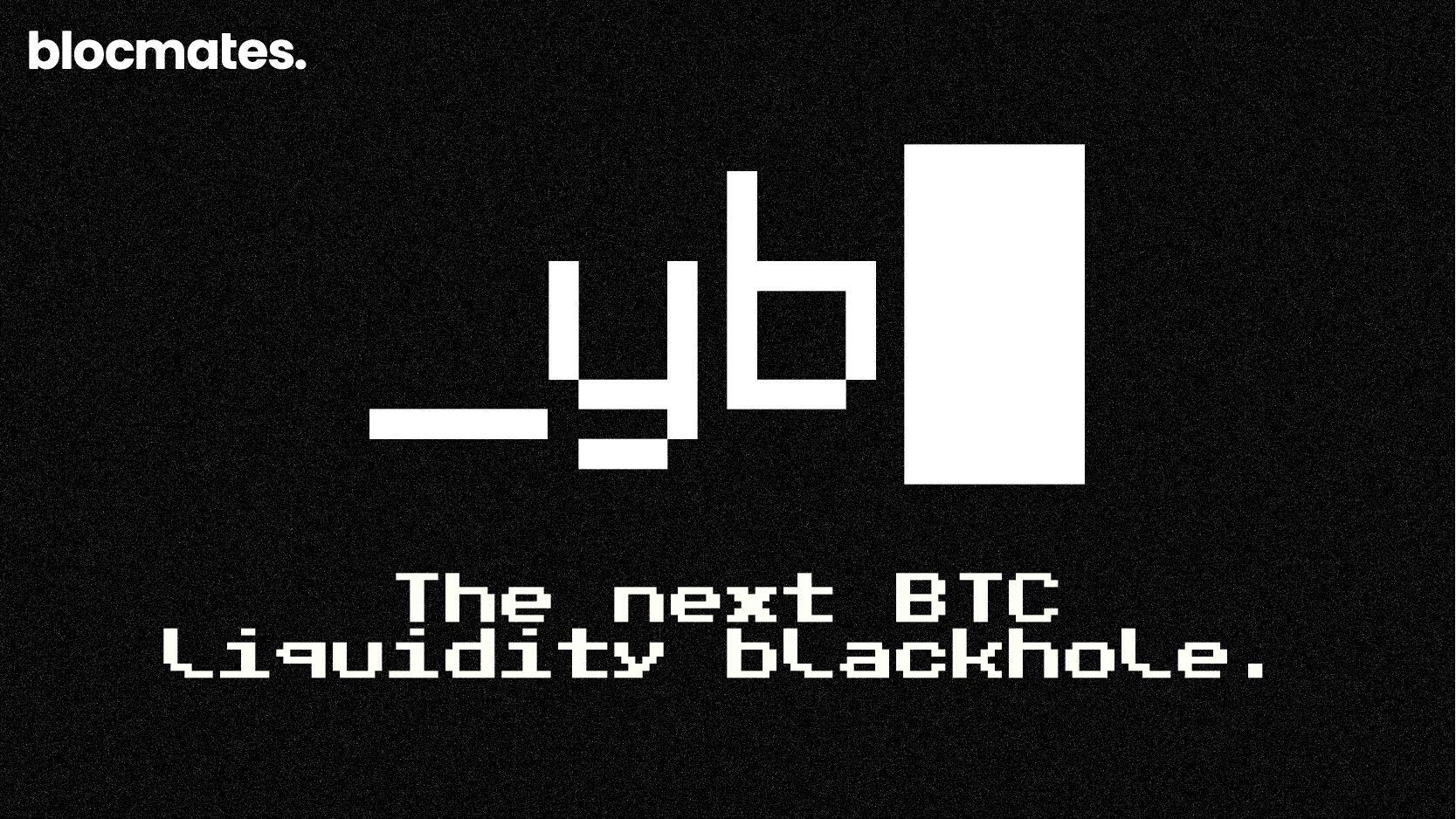
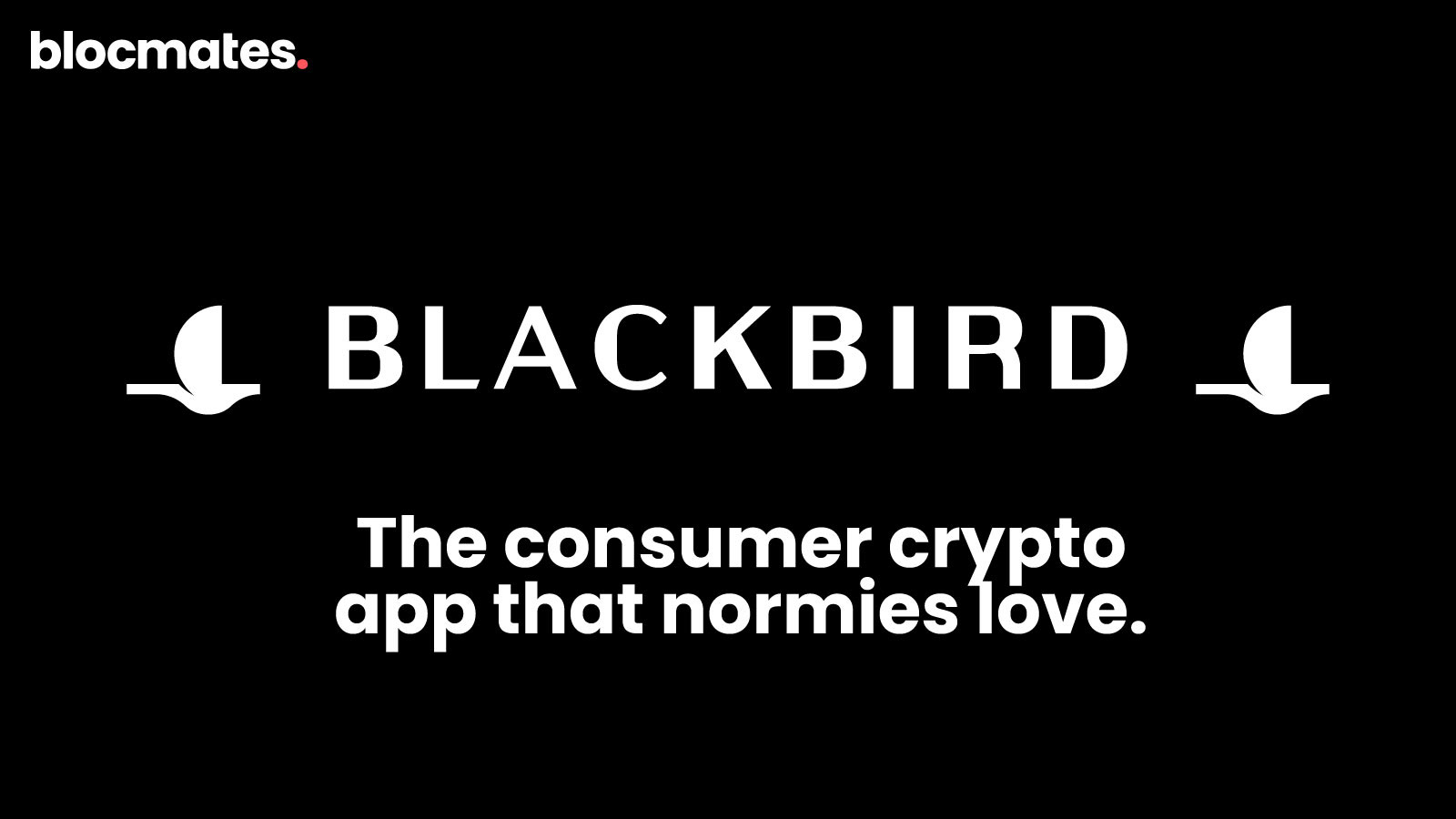
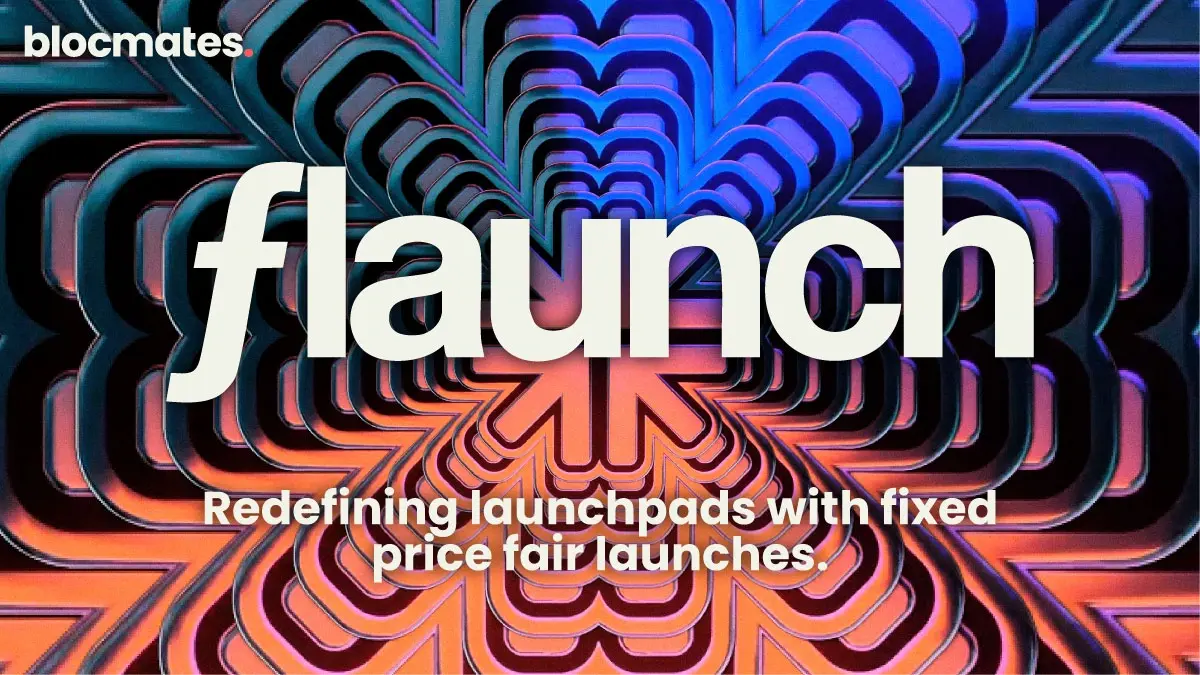

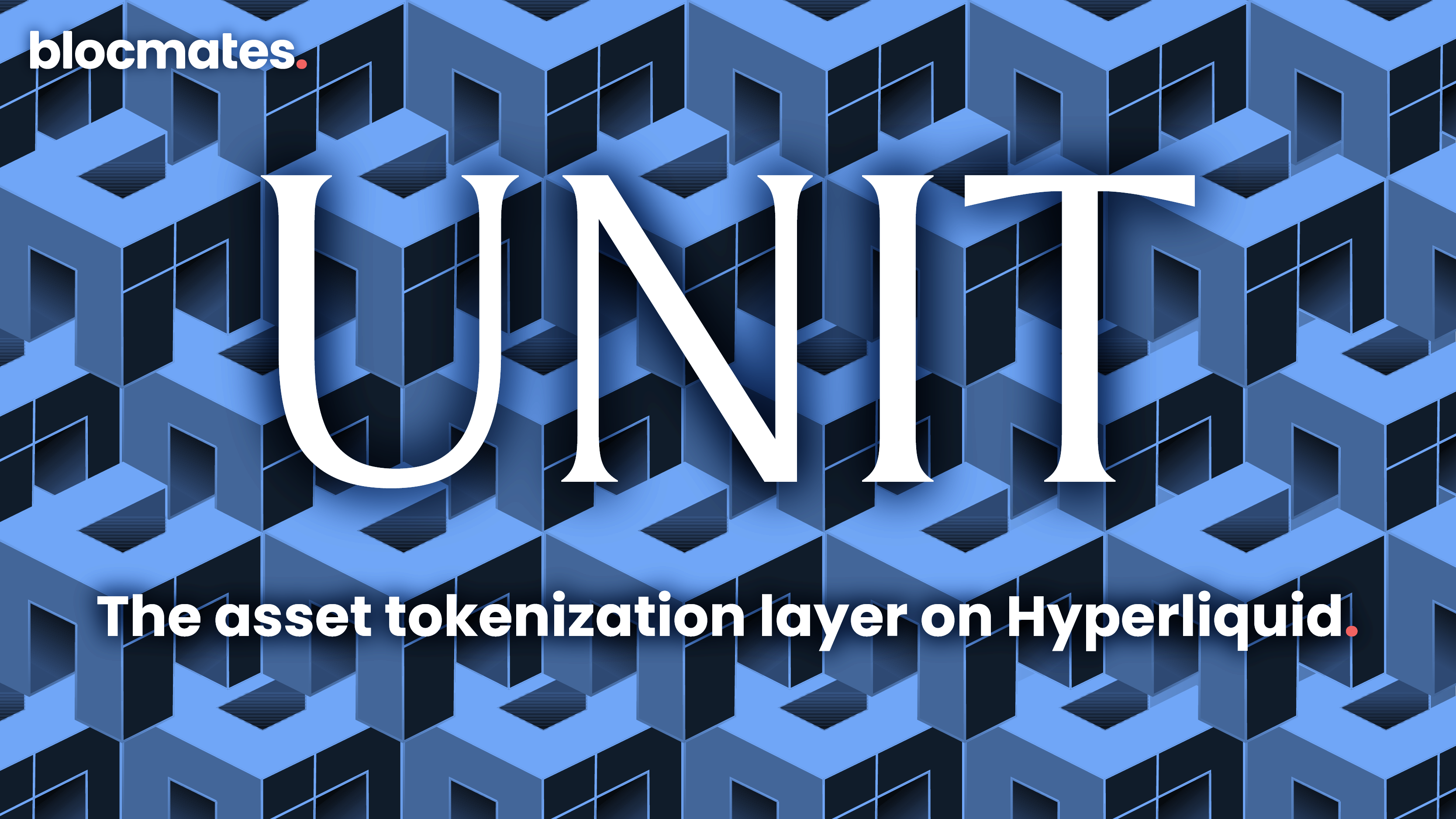



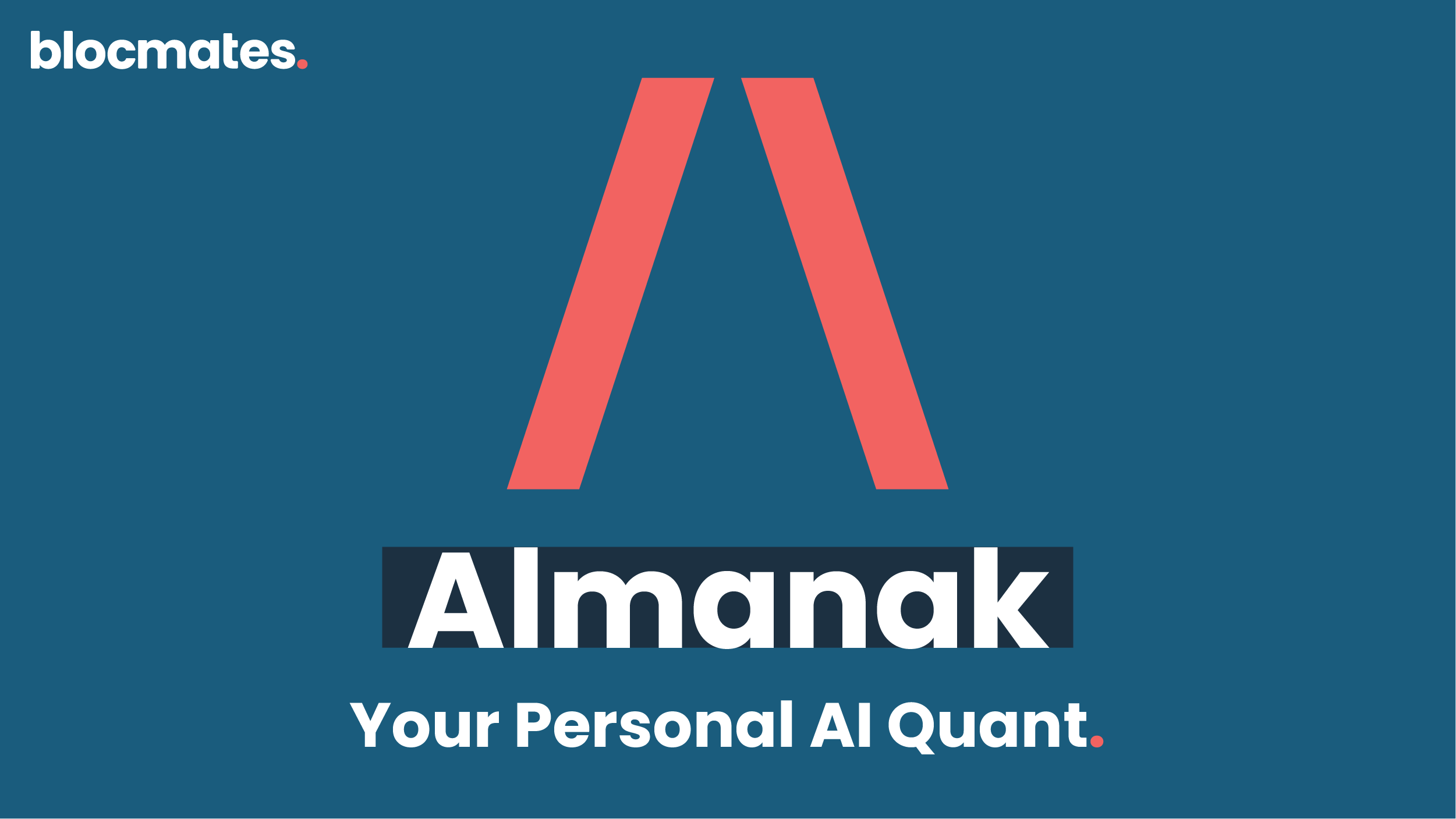
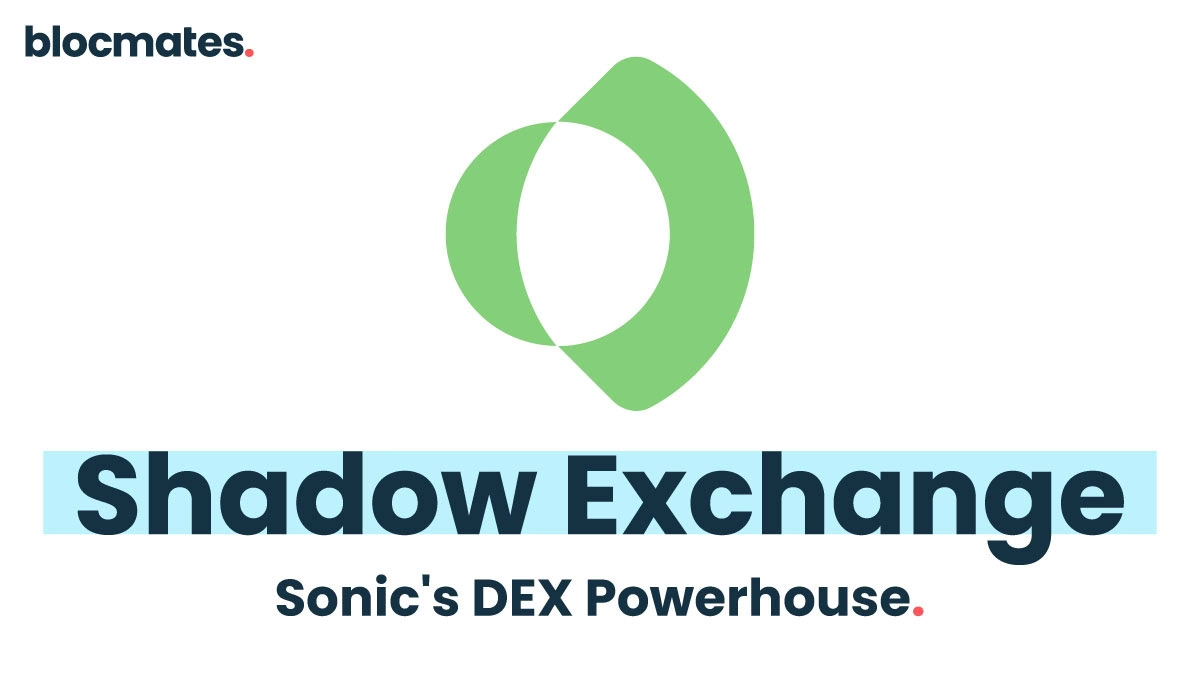


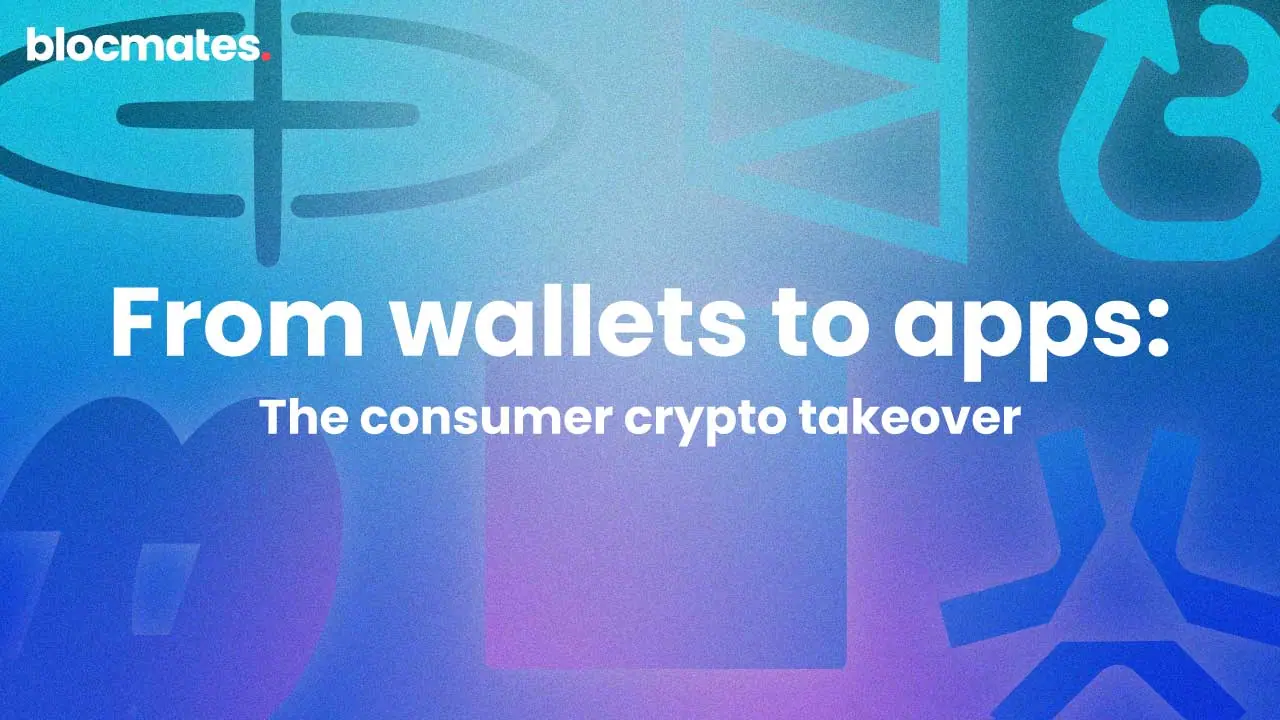


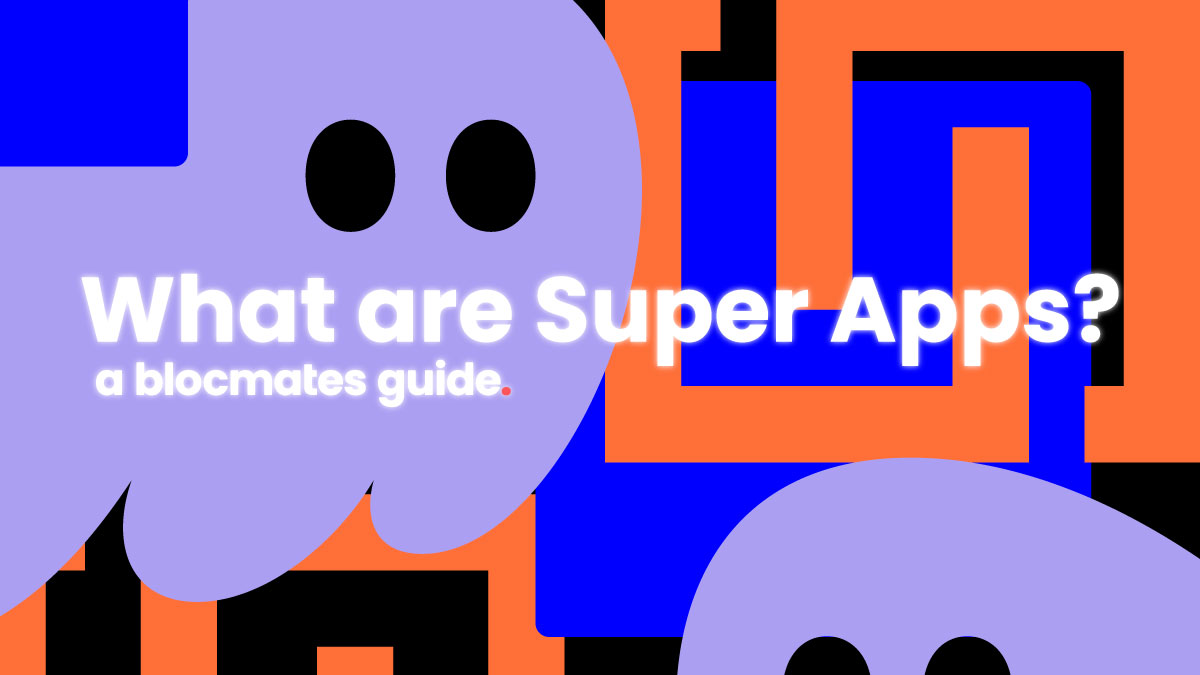
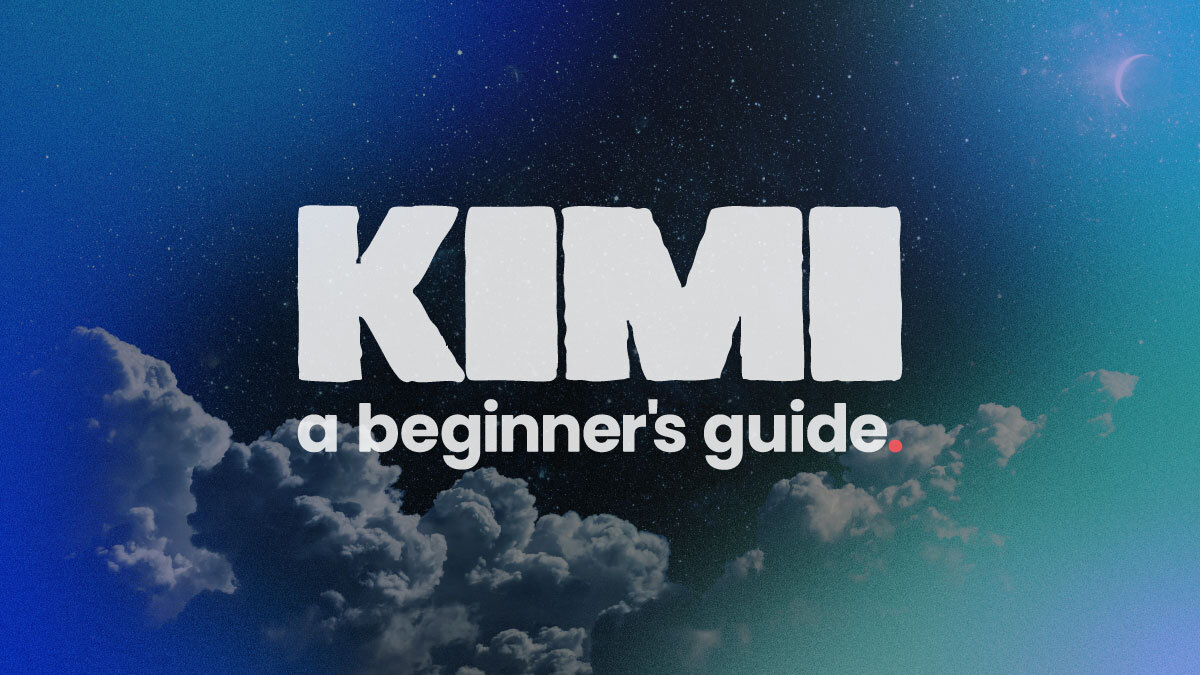
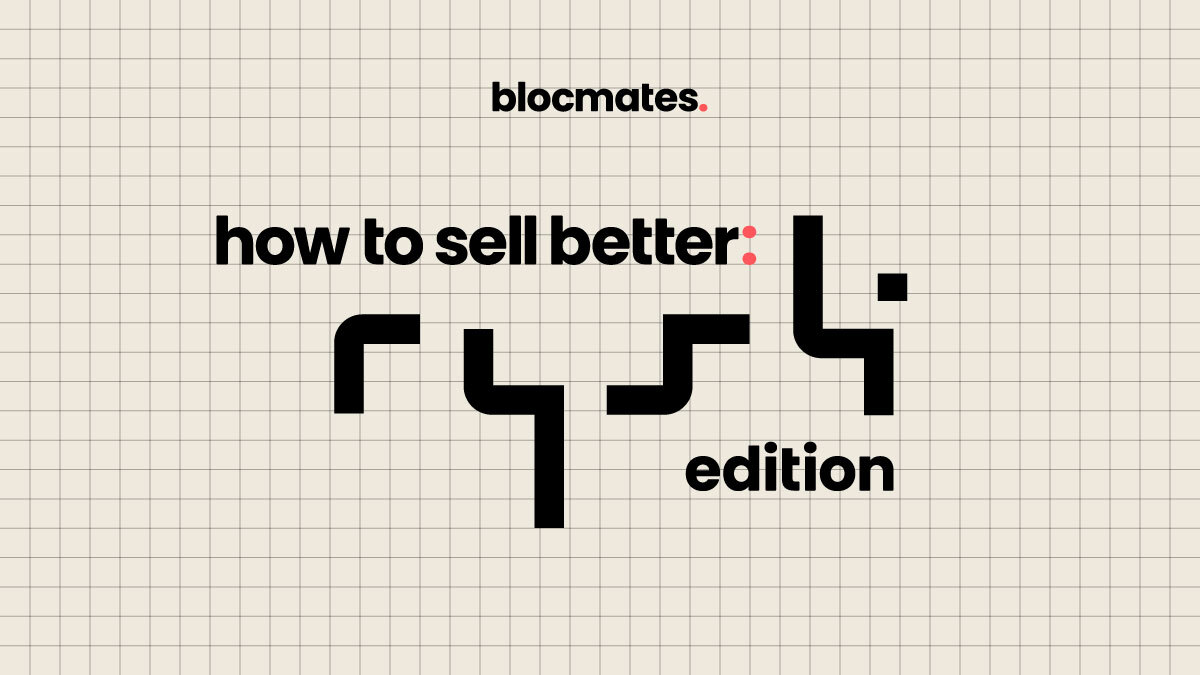
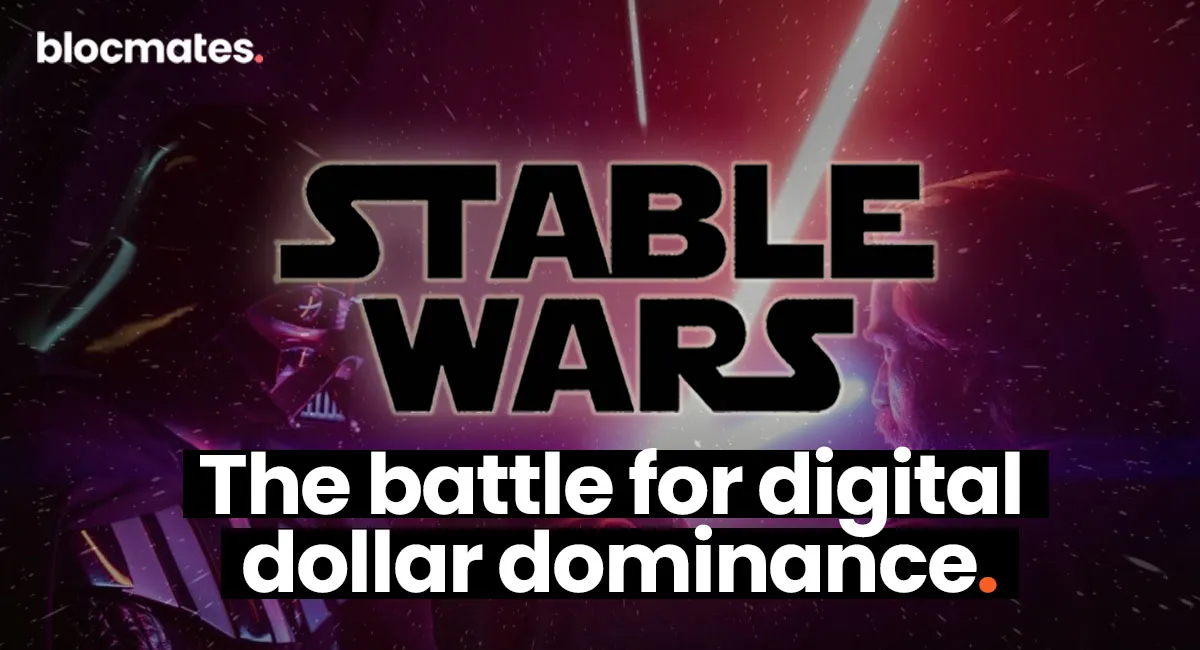

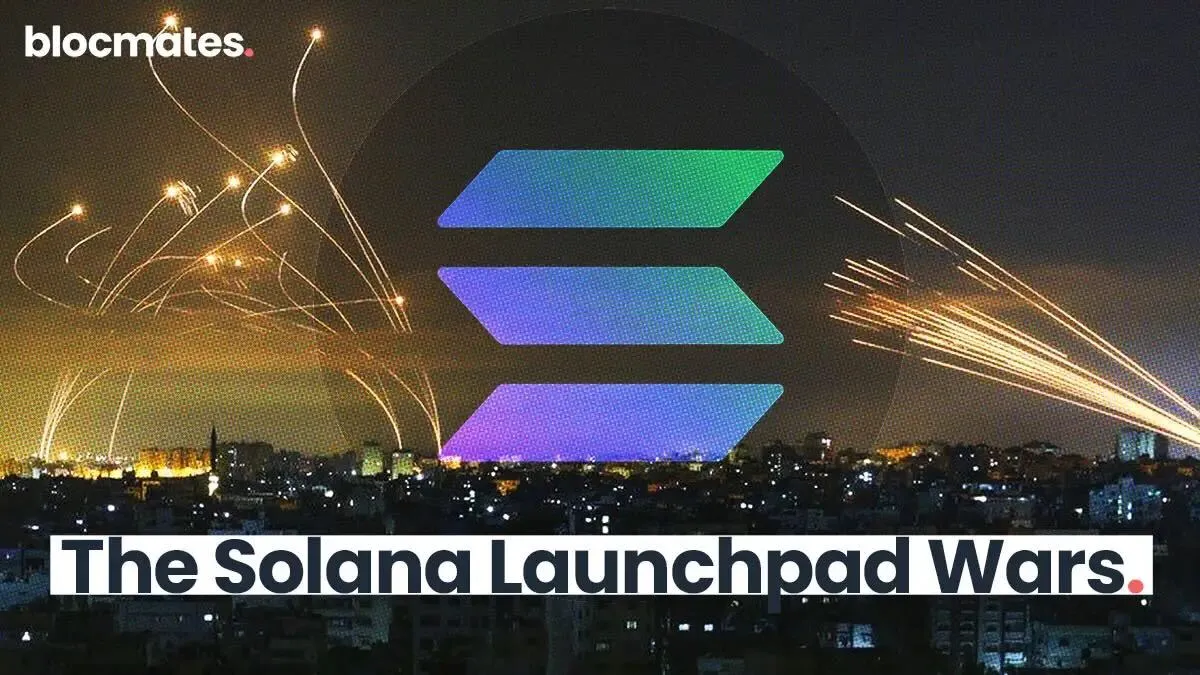




















%202.webp)


.webp)

.webp)
.webp)
.webp)



.webp)

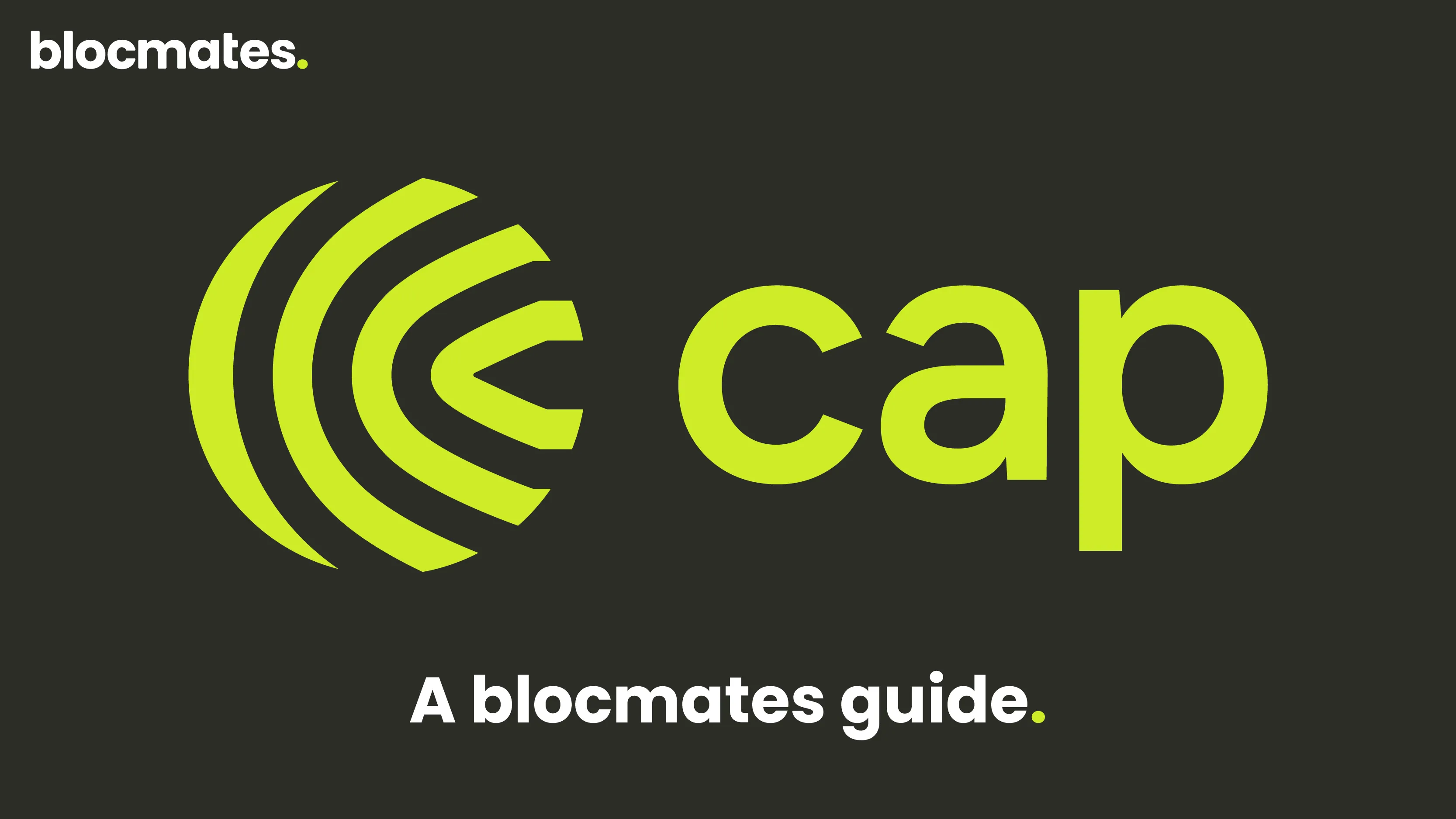










%20the%20Next%20Big%20Unlock%20in%20AI.webp)




.webp)
.webp)

.webp)
.webp)
.webp)


.webp)
.webp)










.webp)


.webp)









.webp)







.webp)
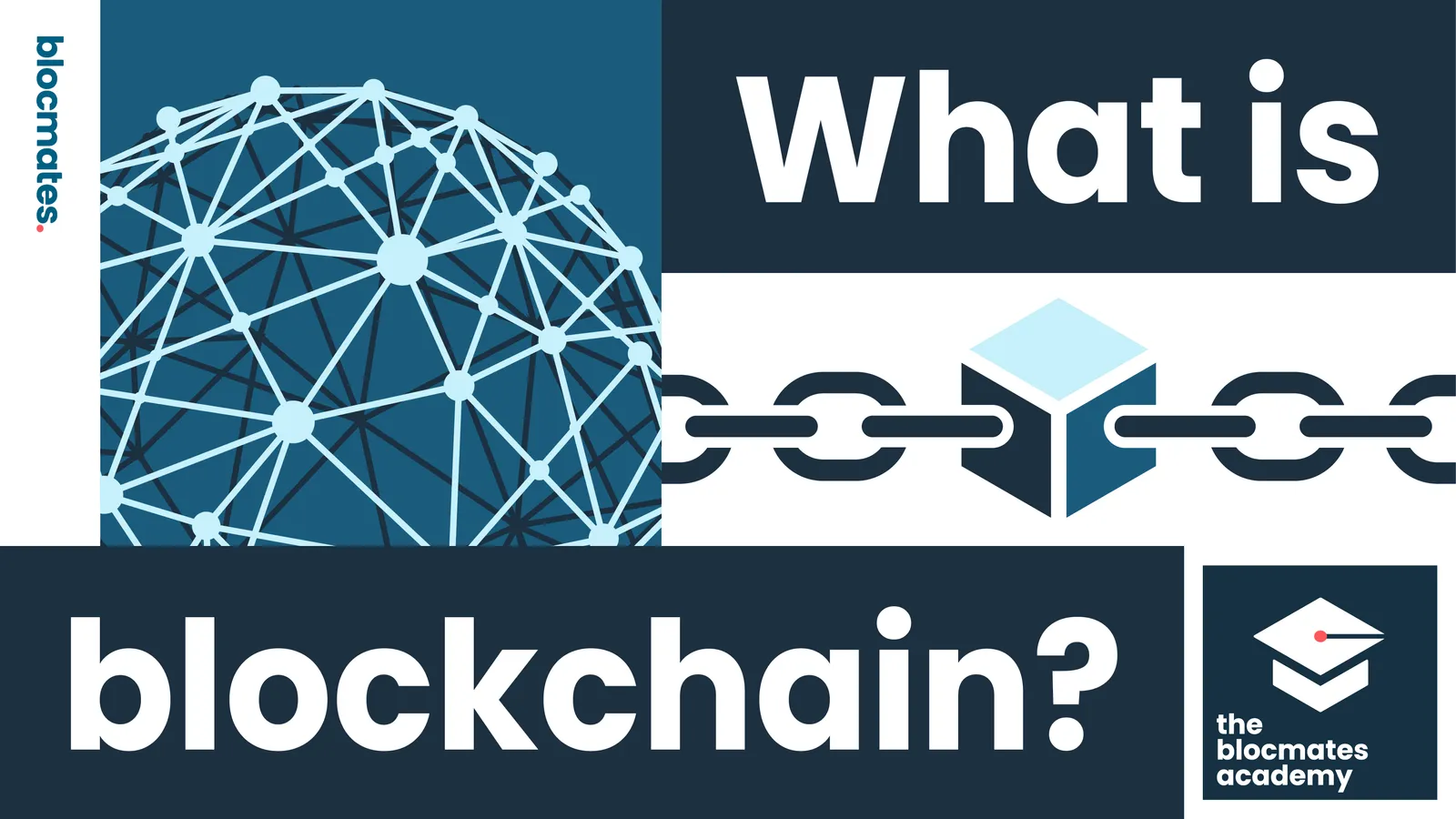



.webp)






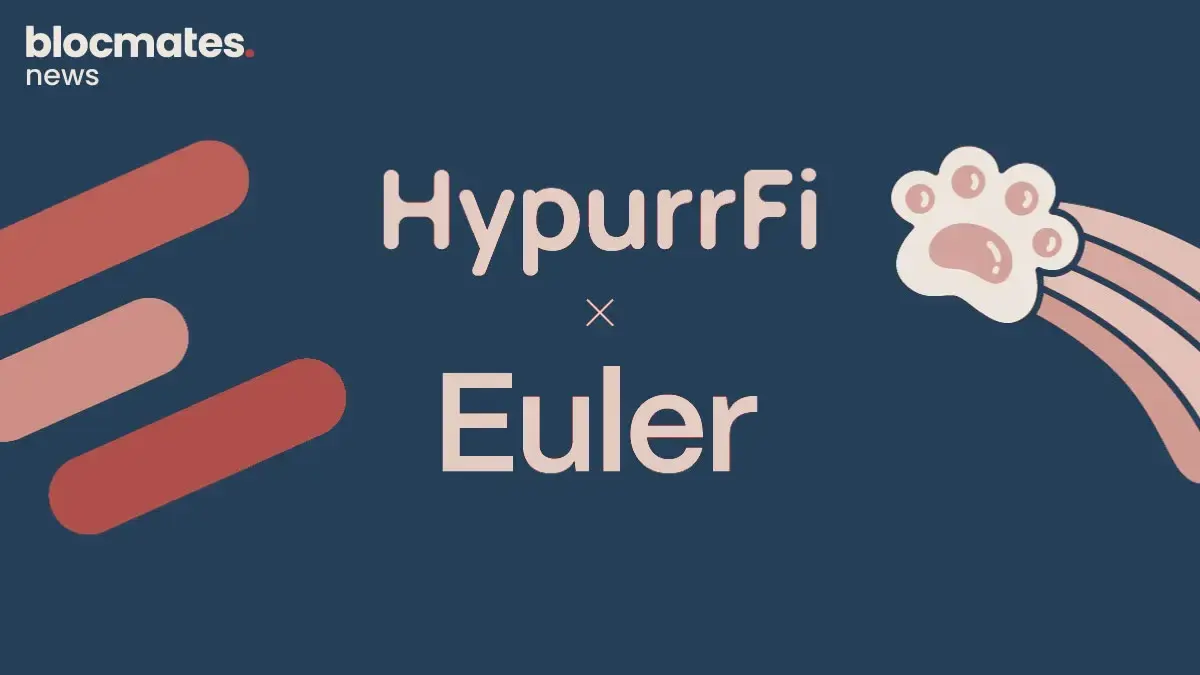







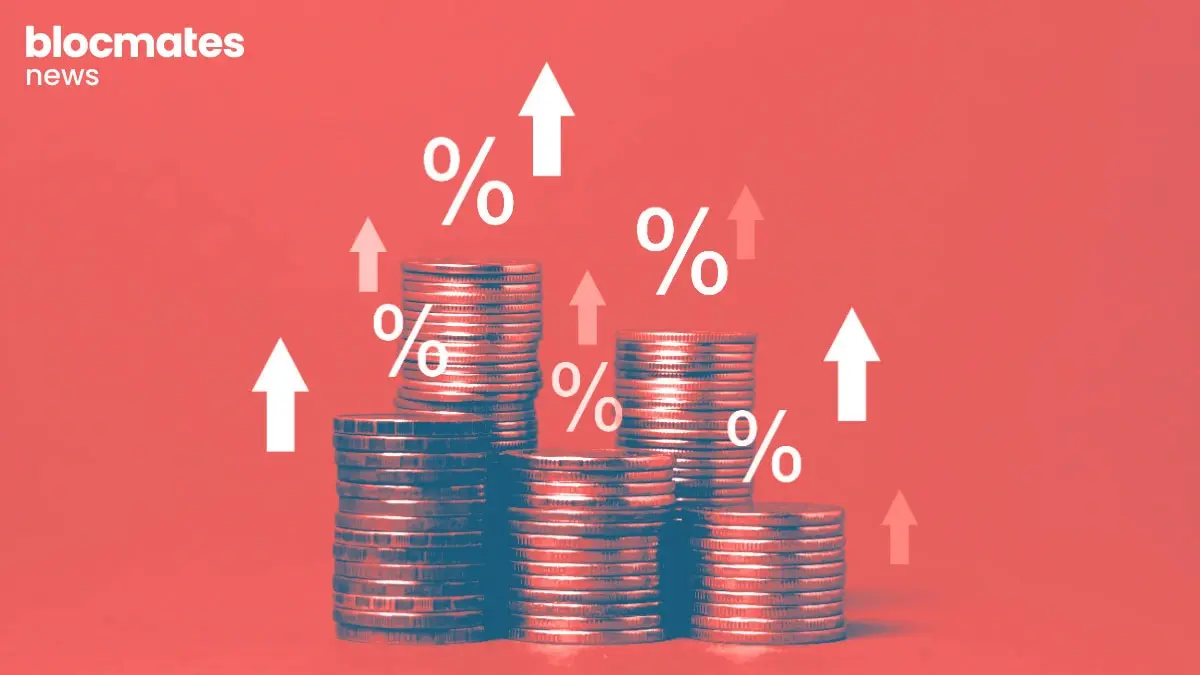

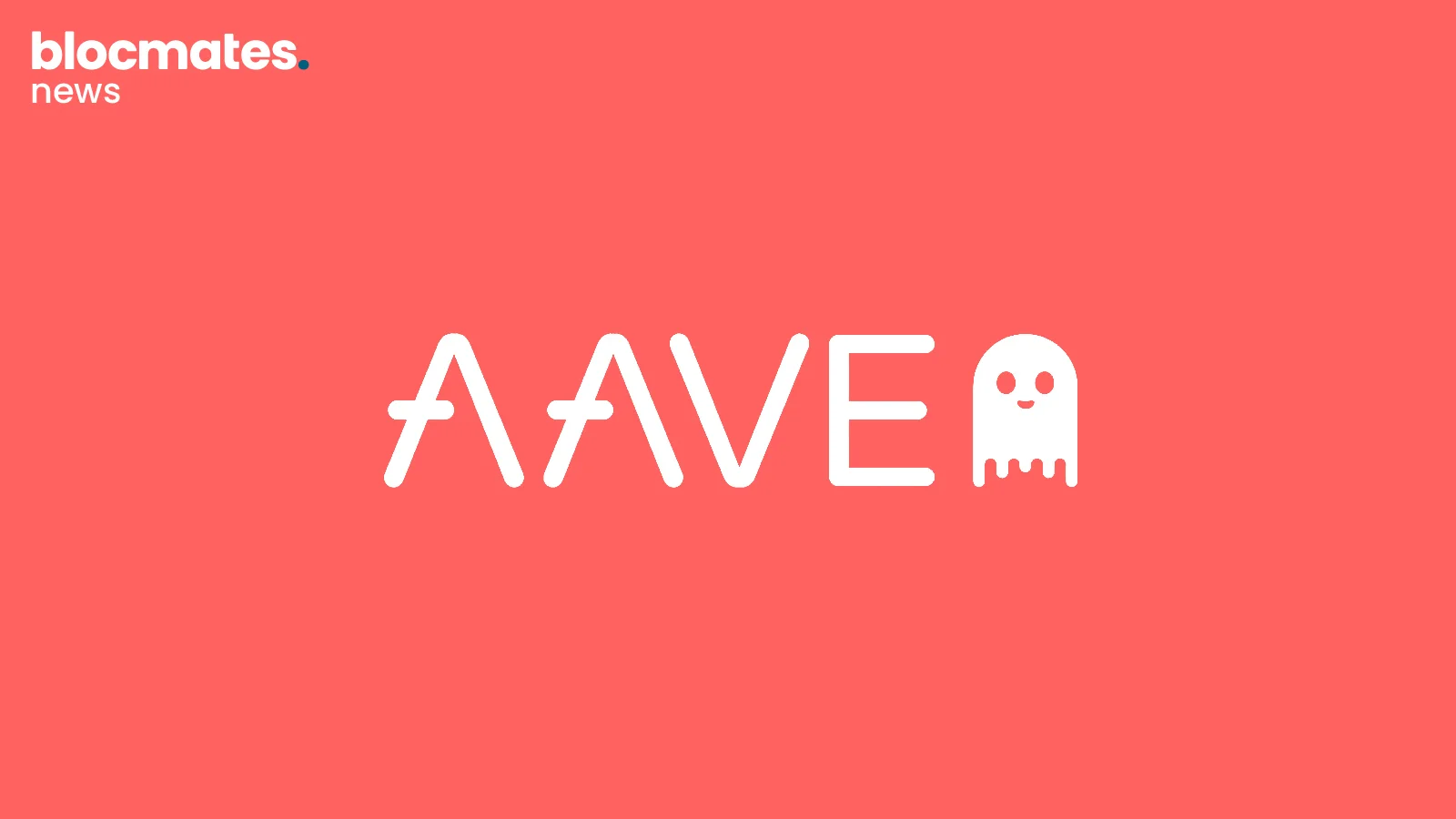
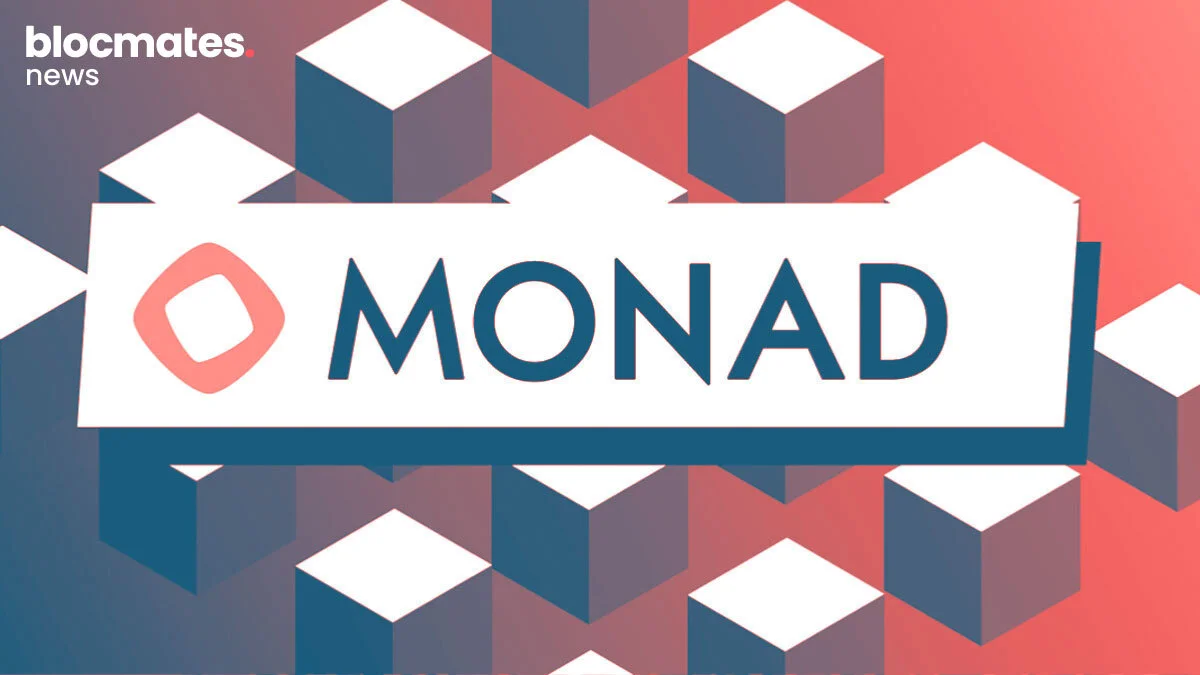
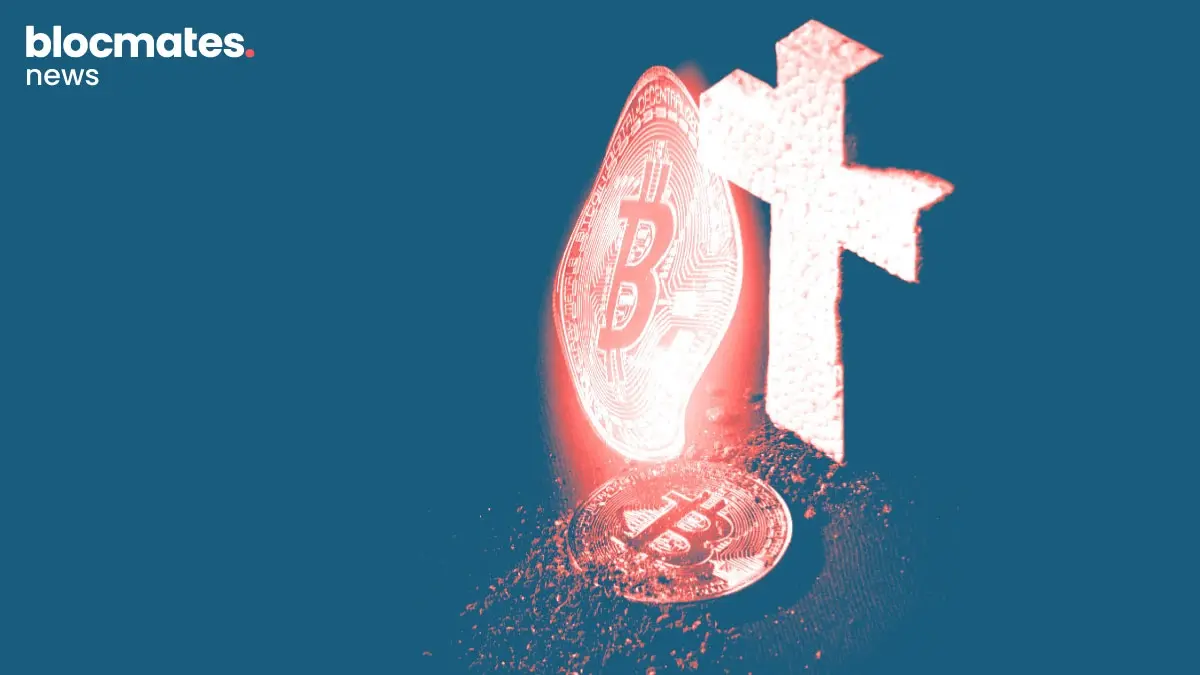

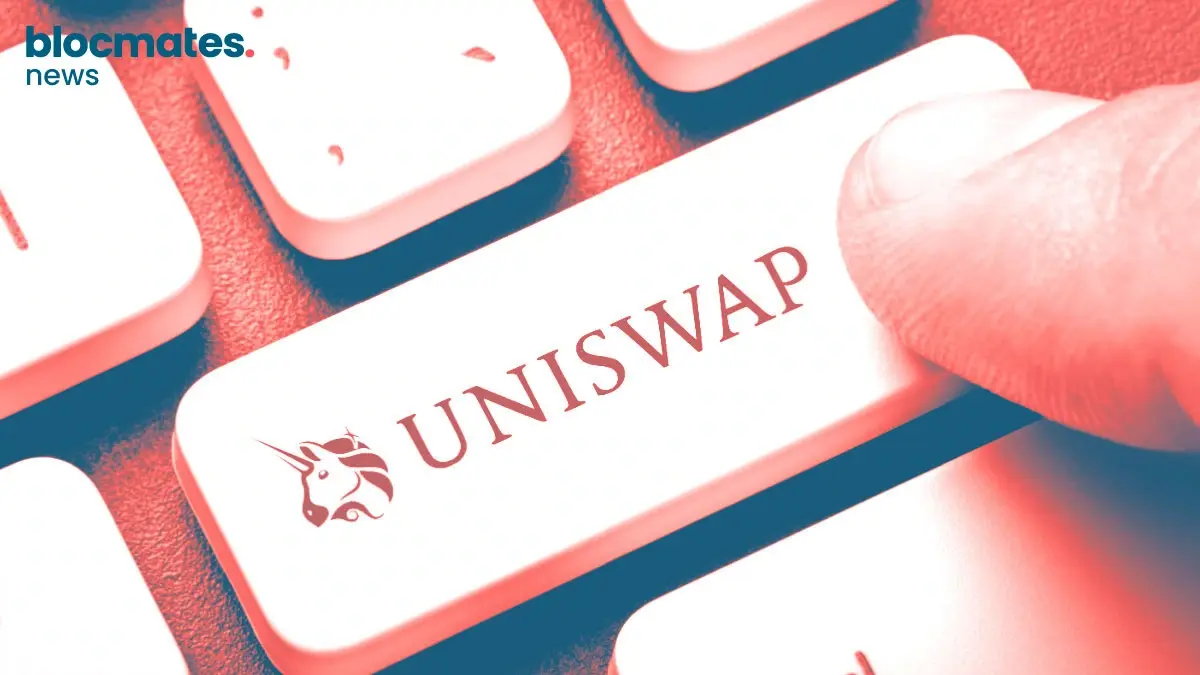
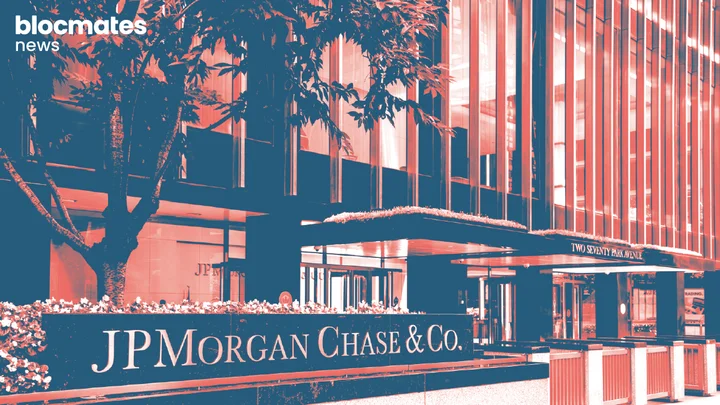
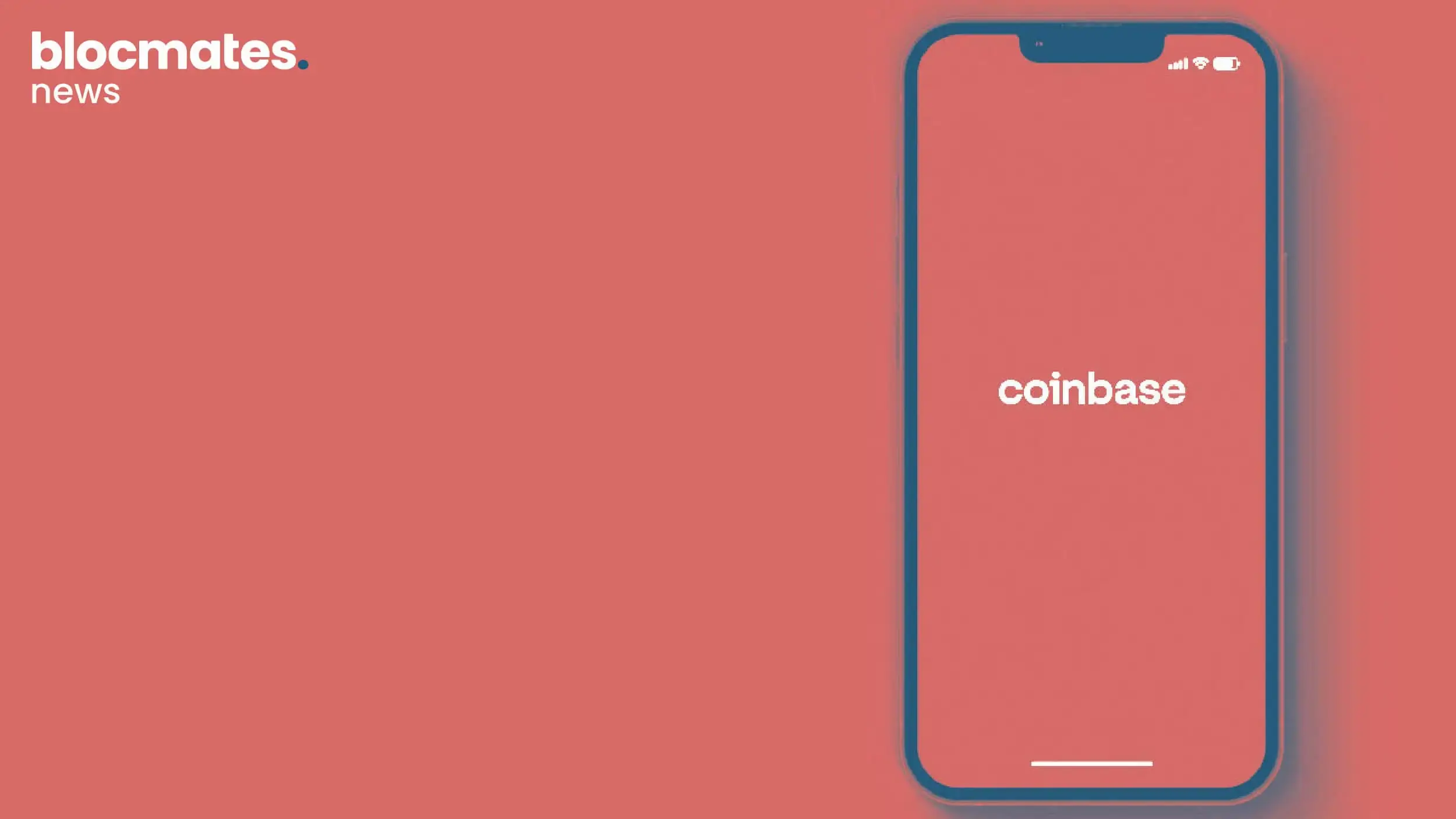
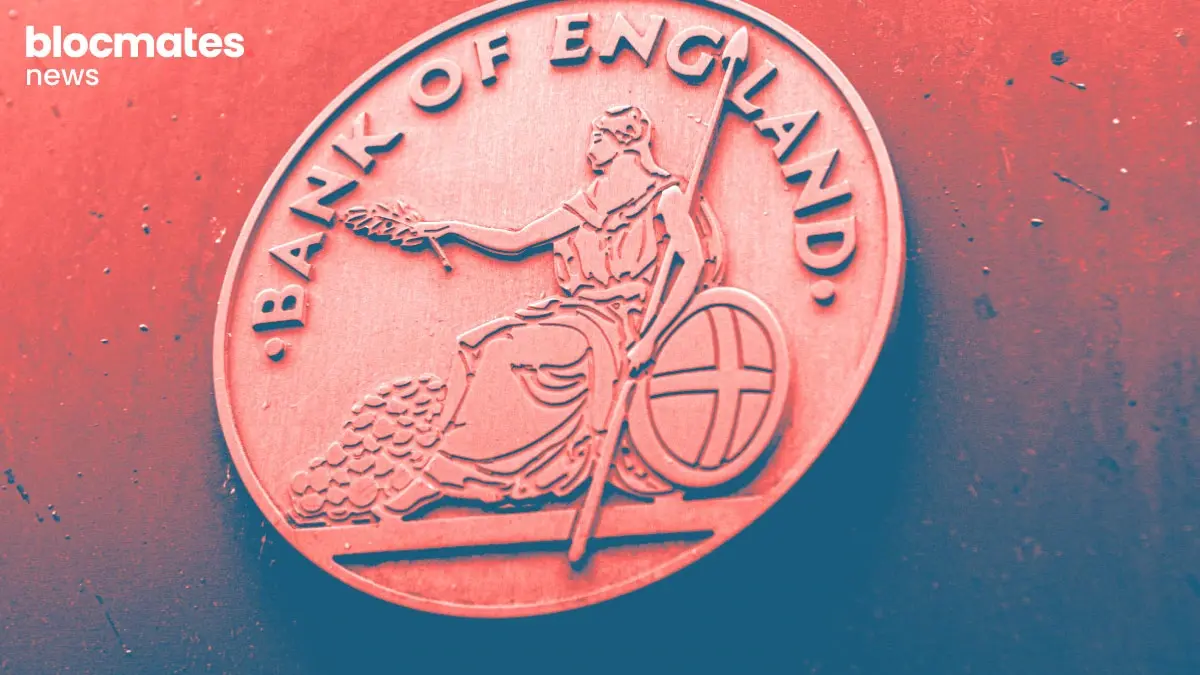
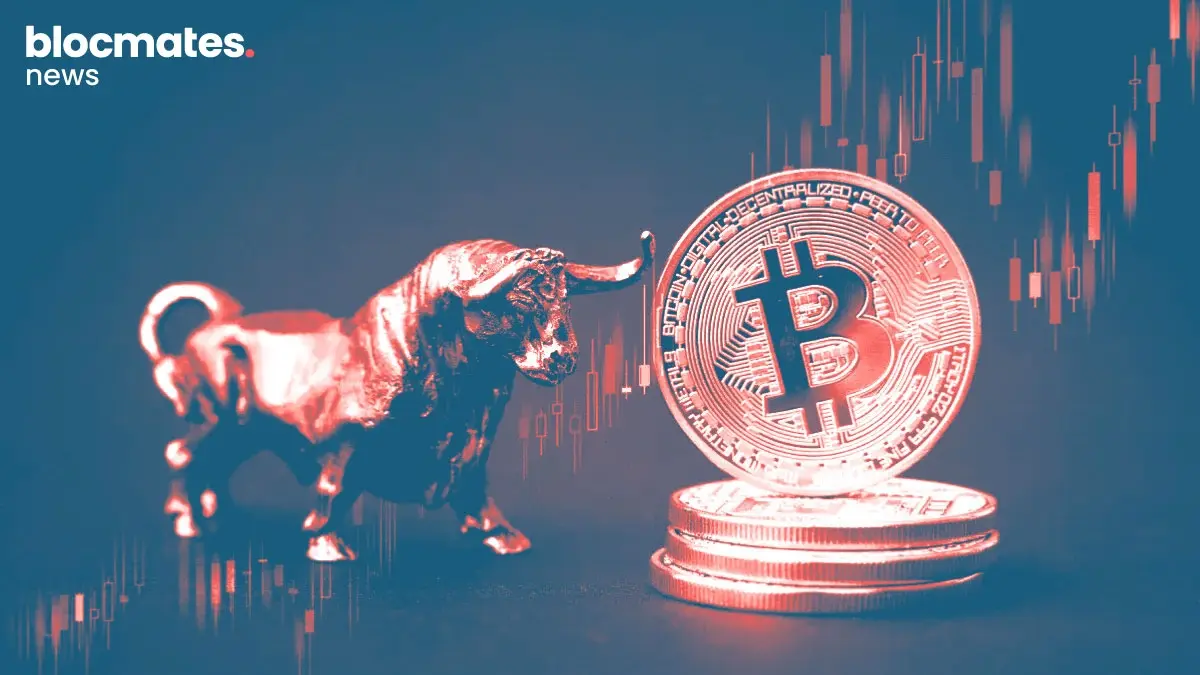

.webp)
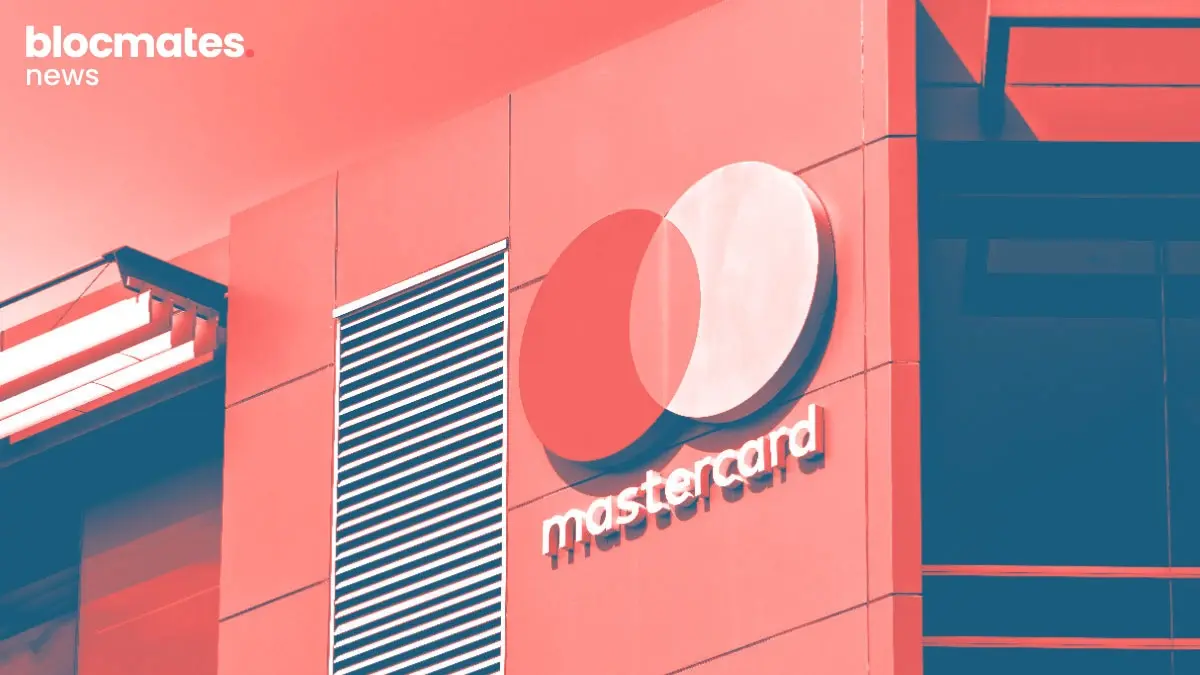

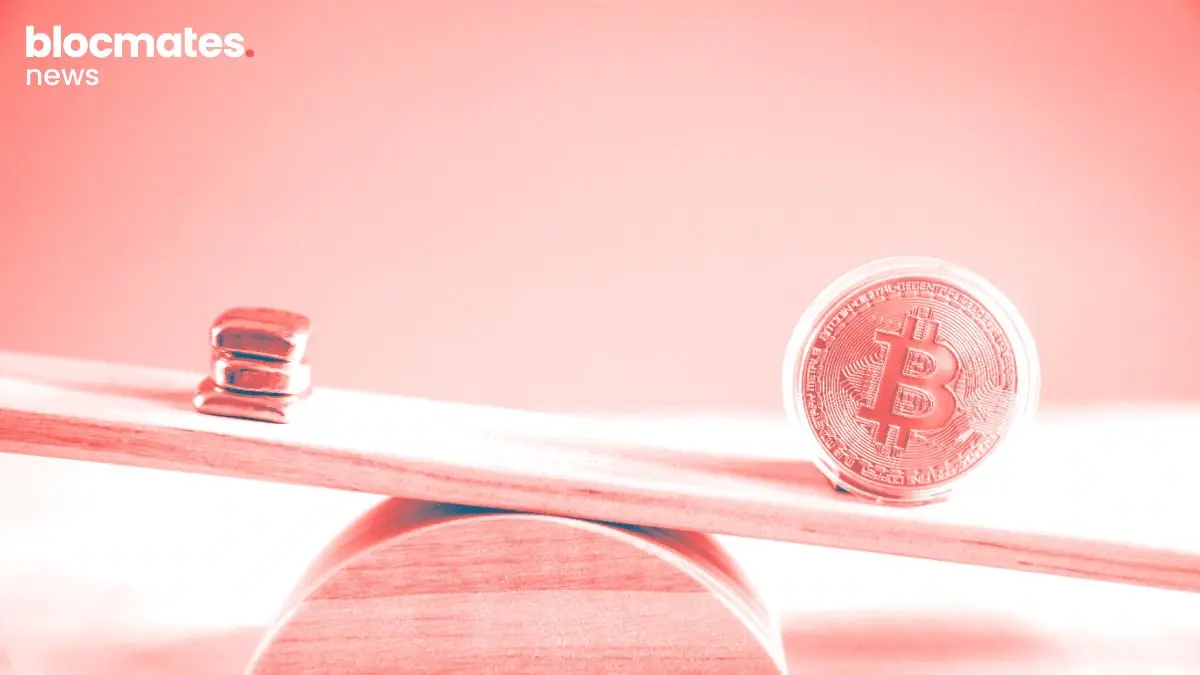
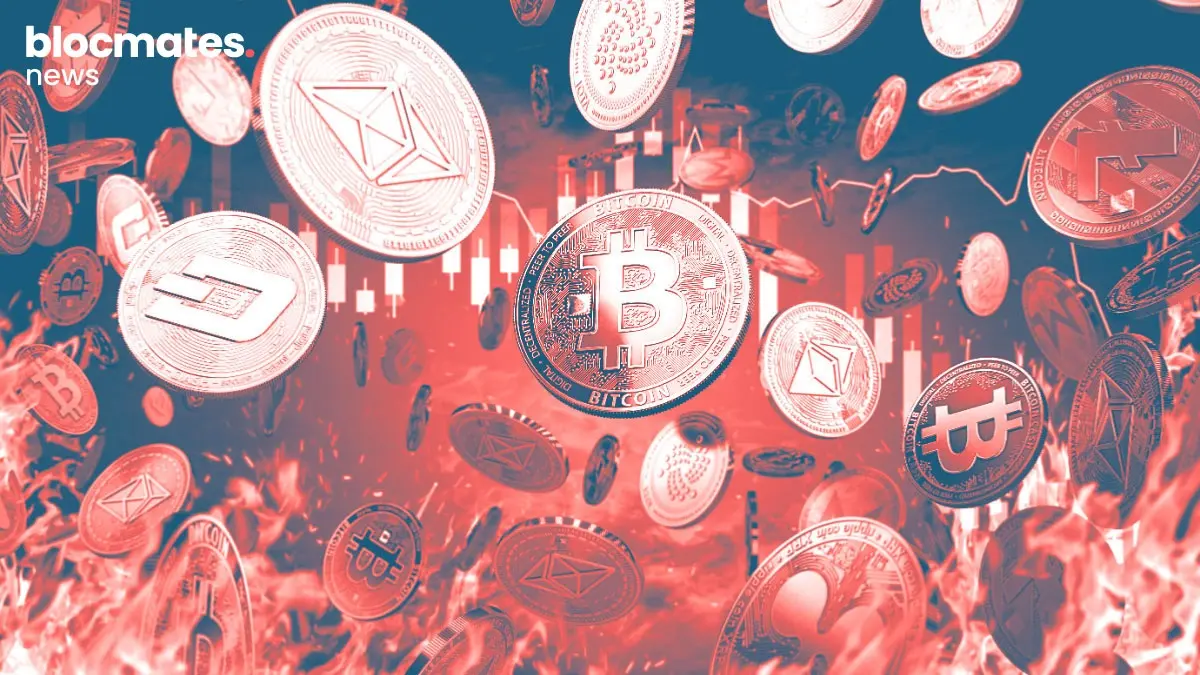


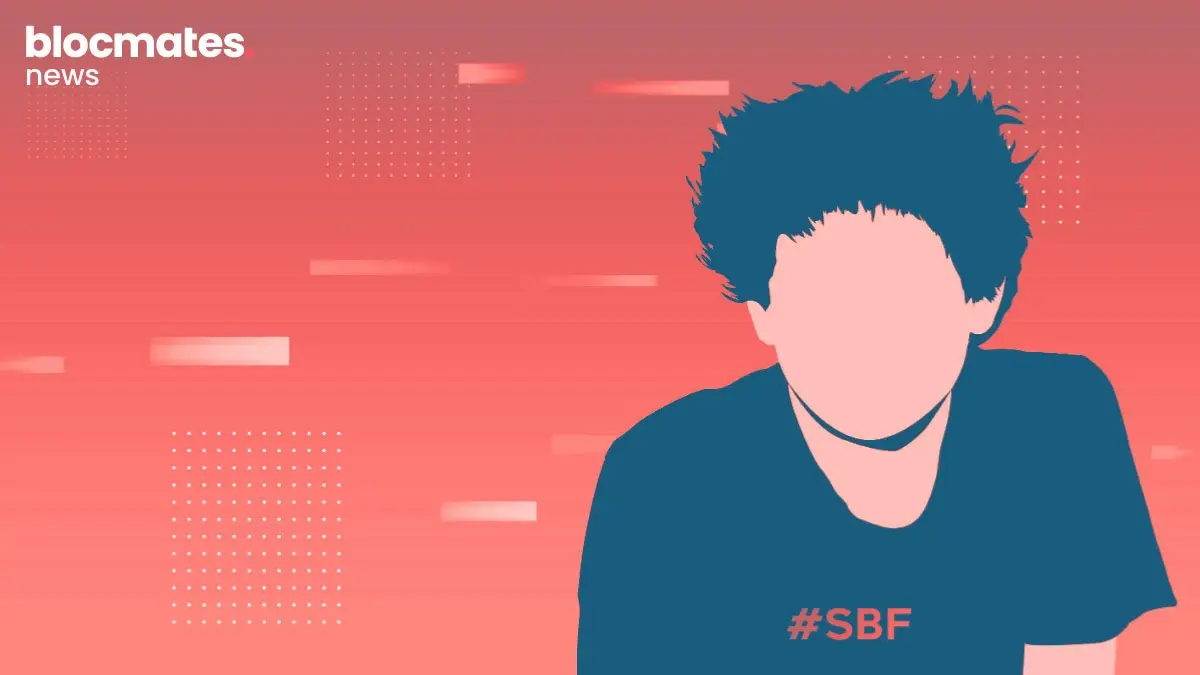
.webp)
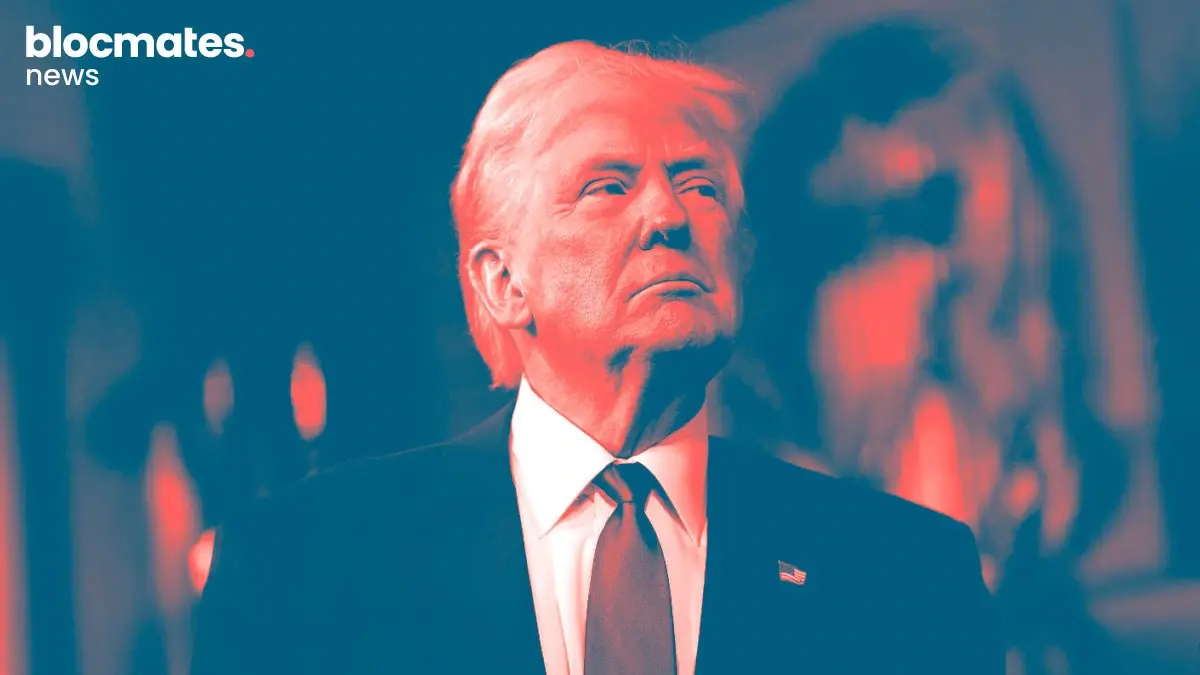

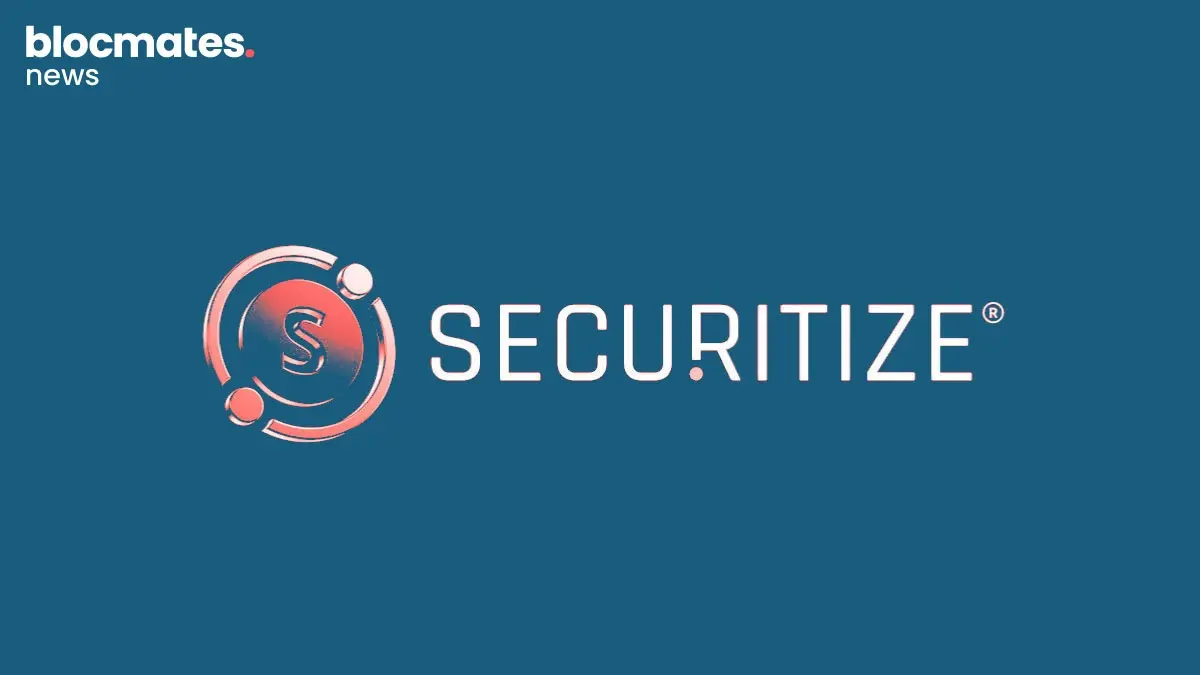

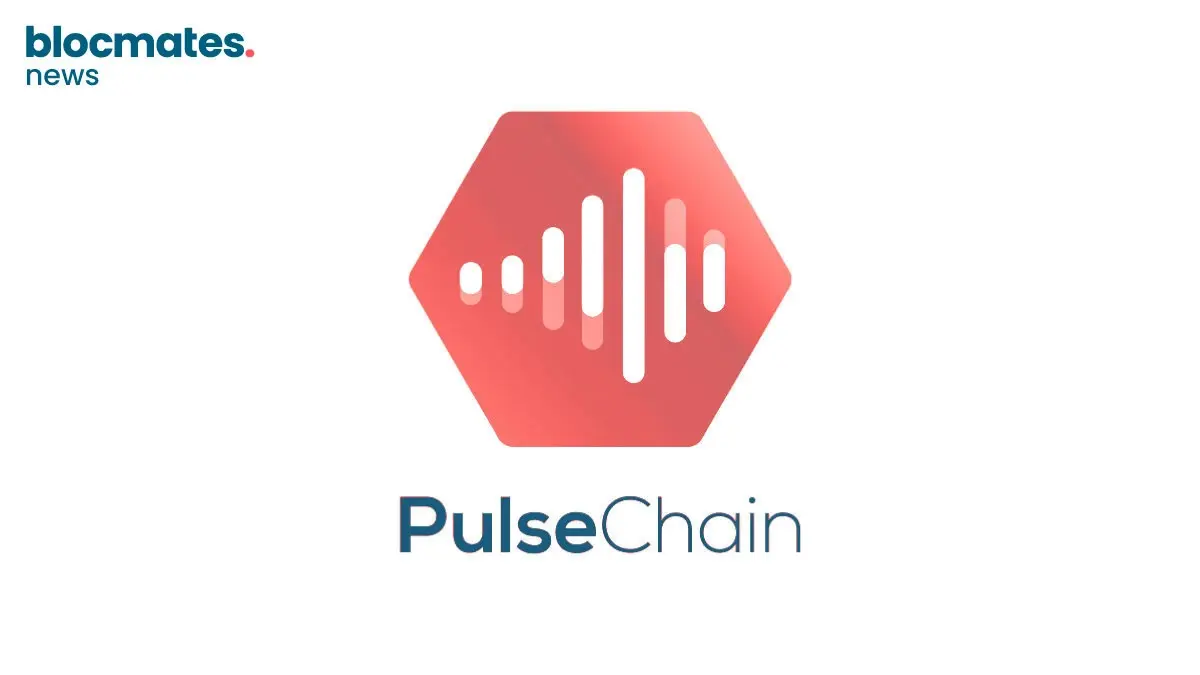
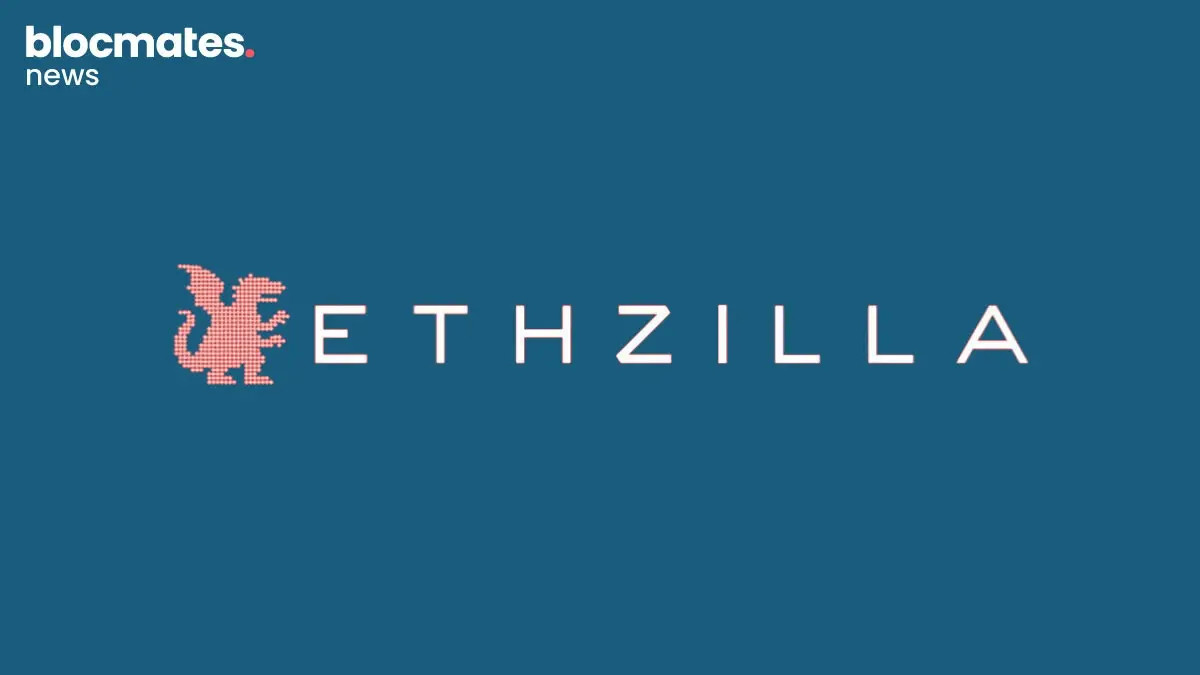
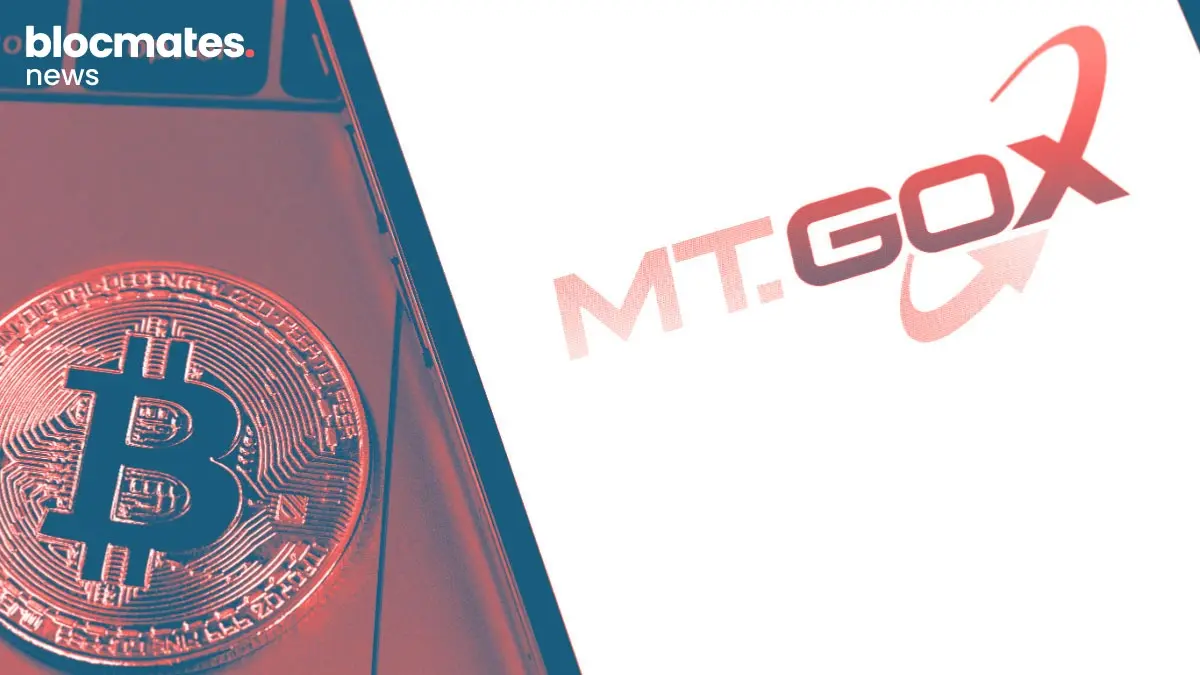
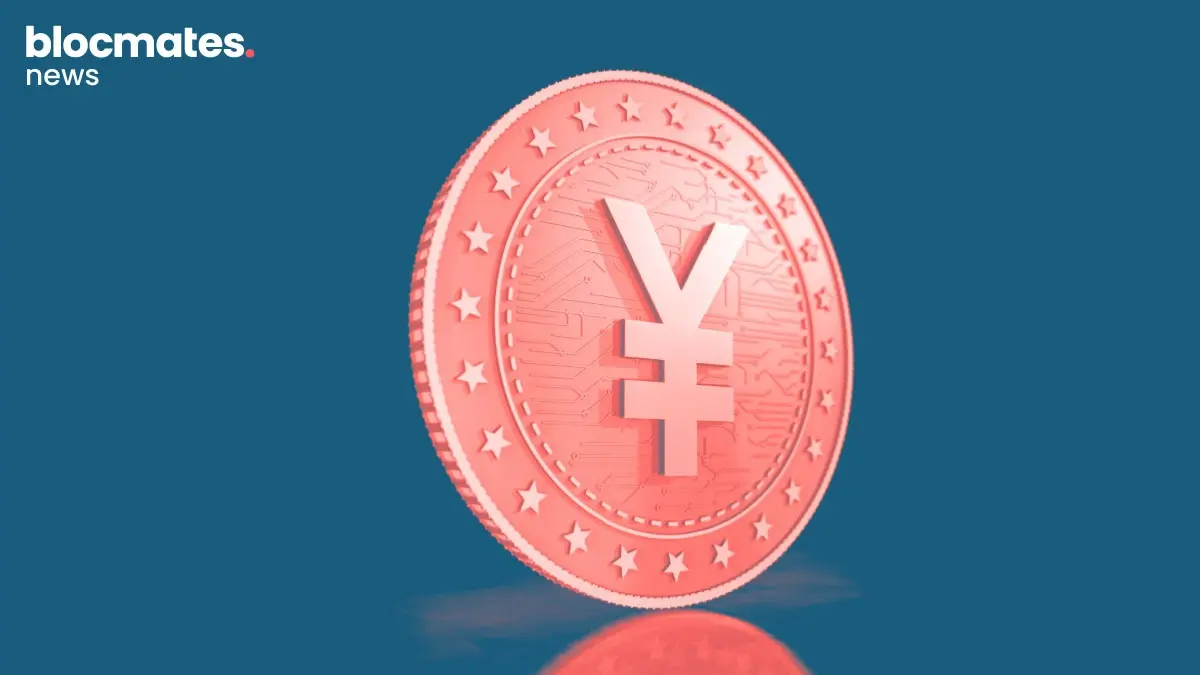
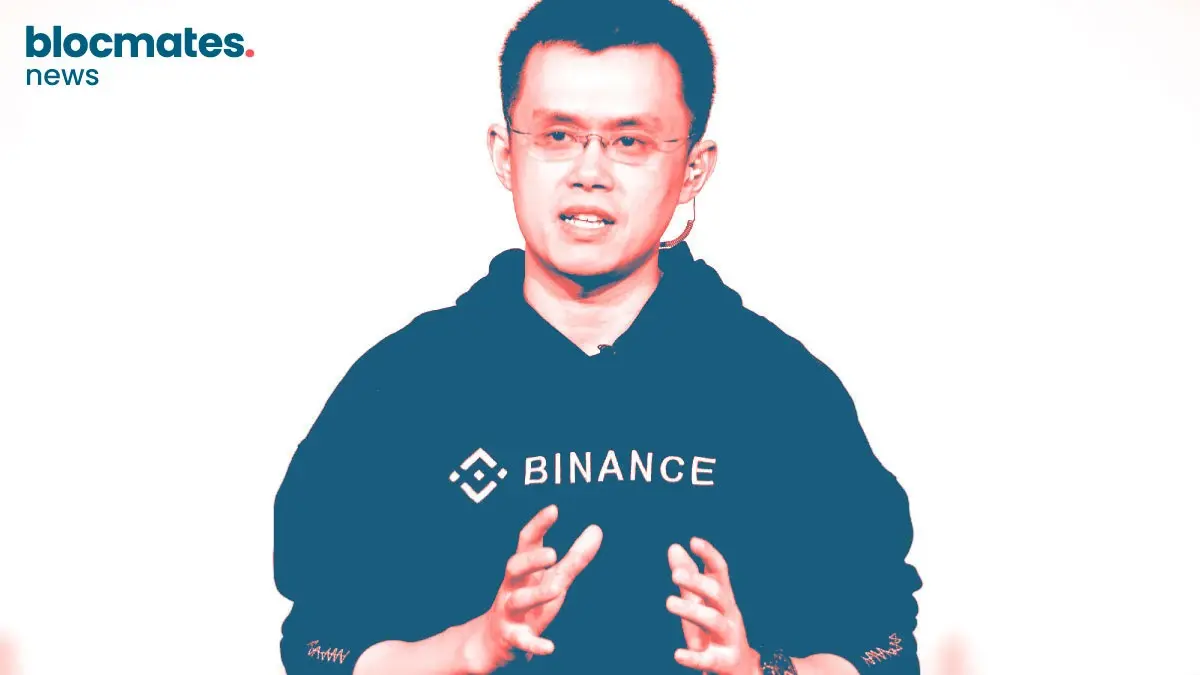


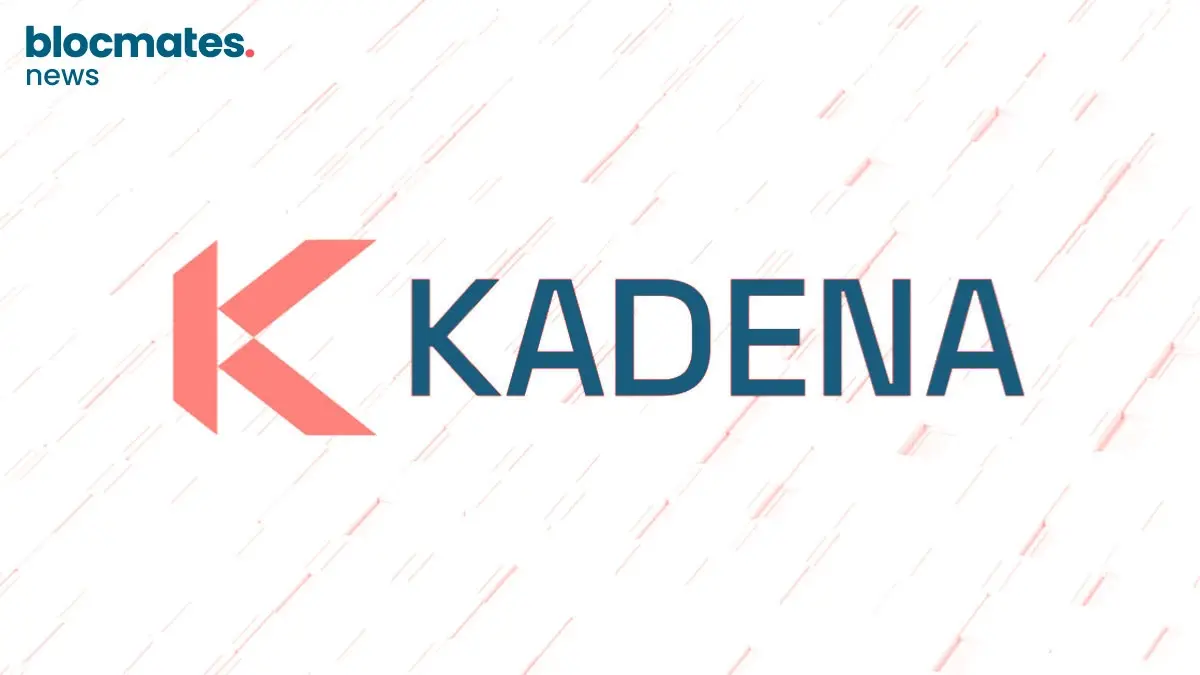

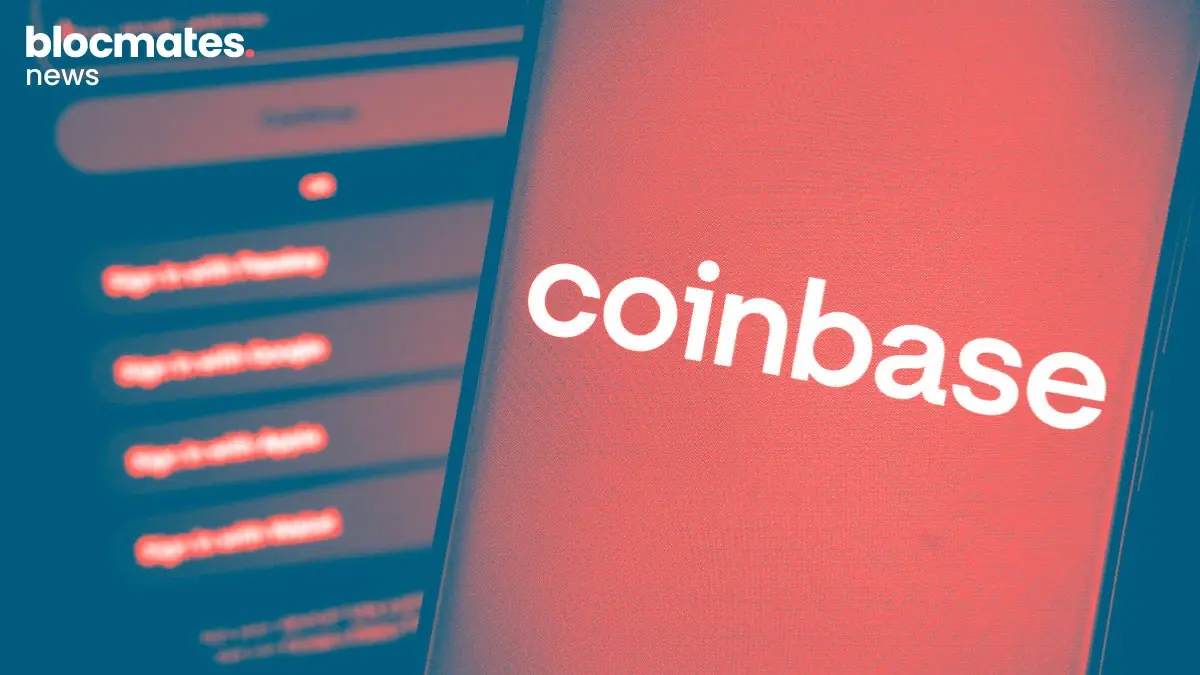
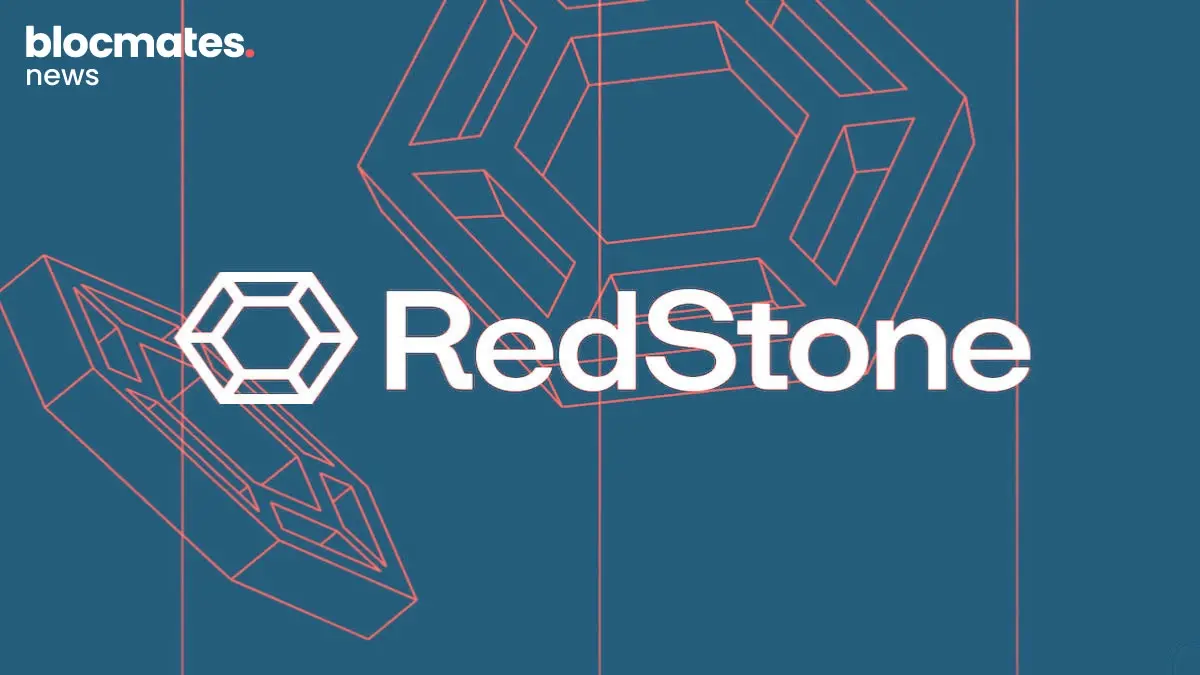
.webp)
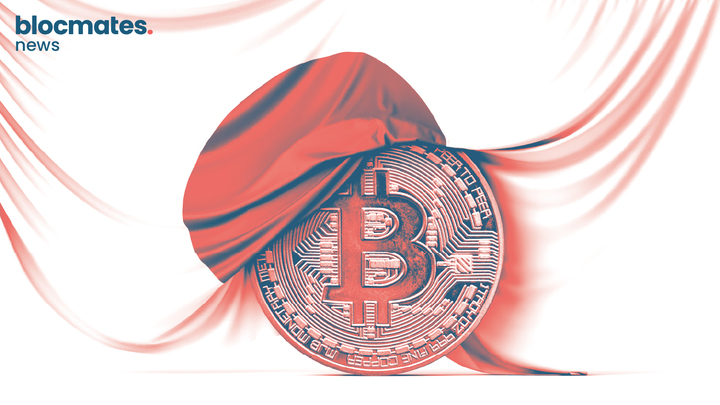
.webp)
.webp)

.webp)


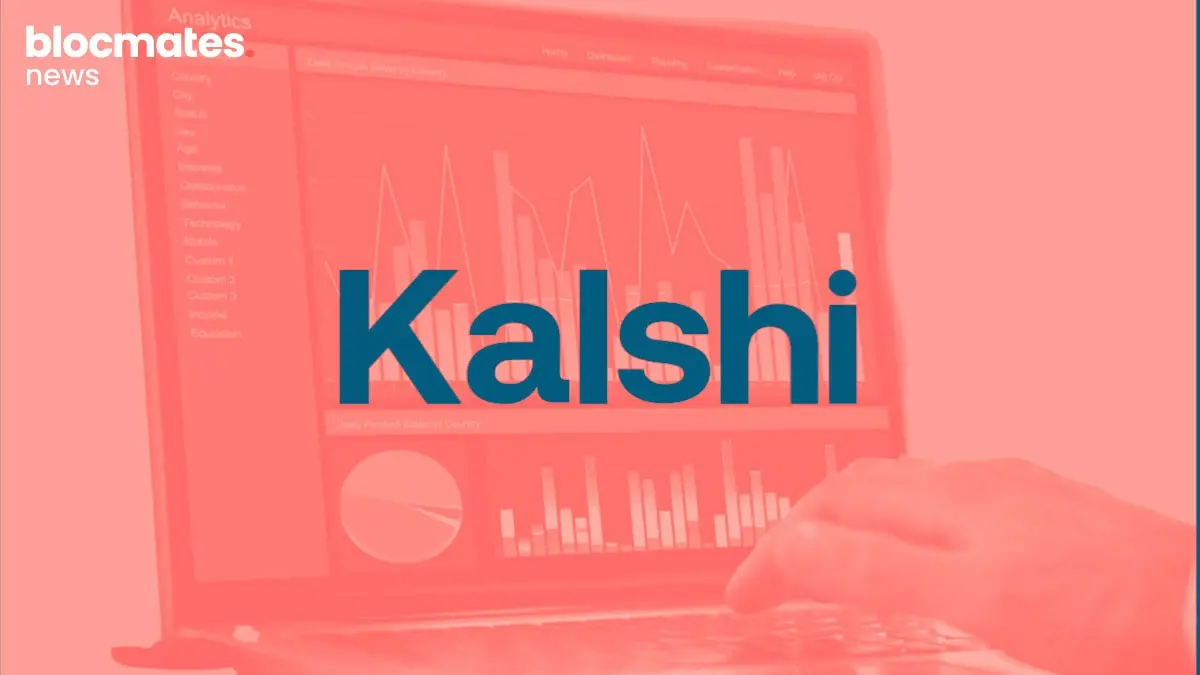
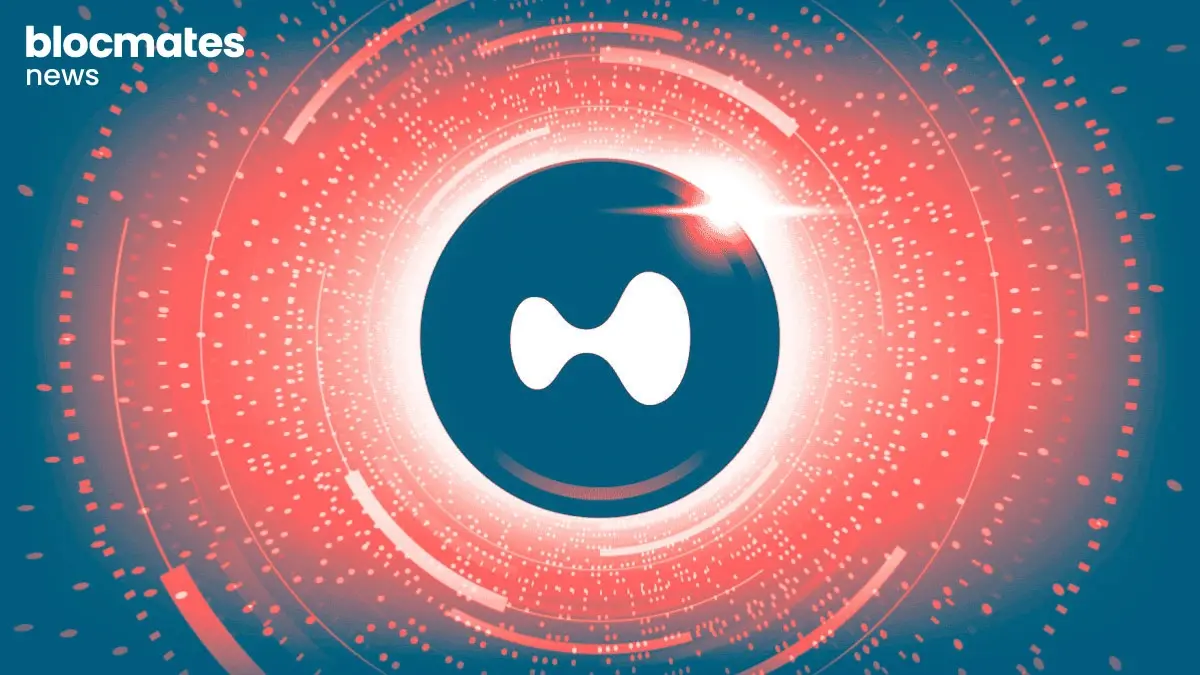



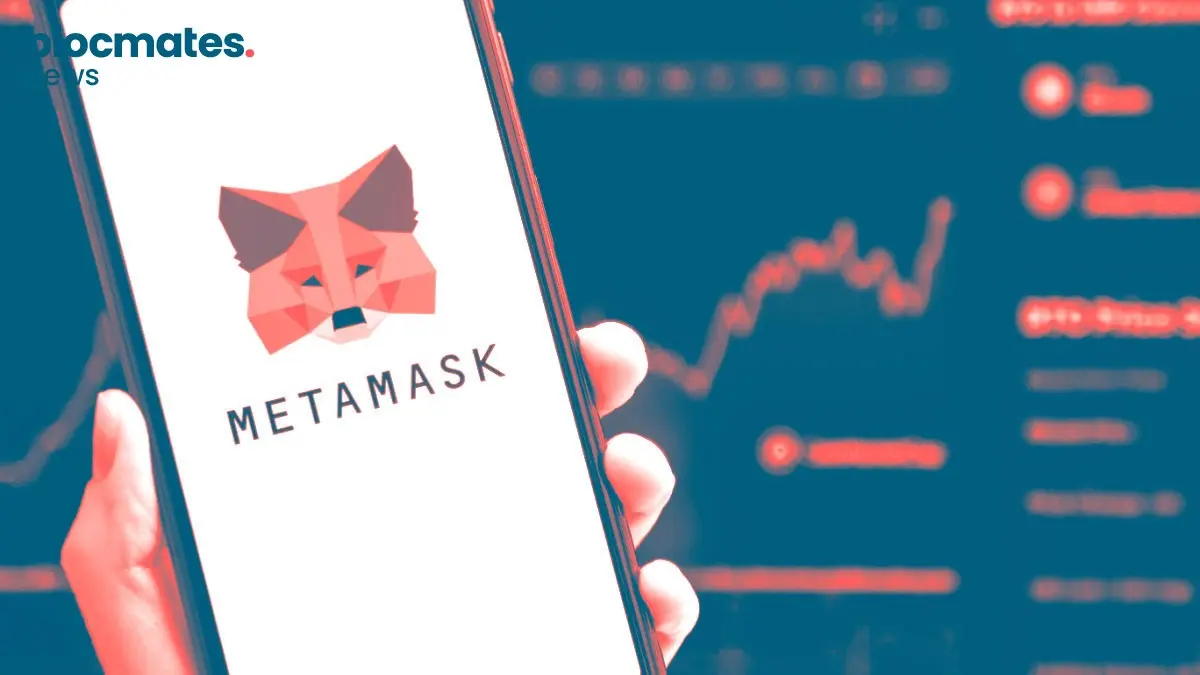
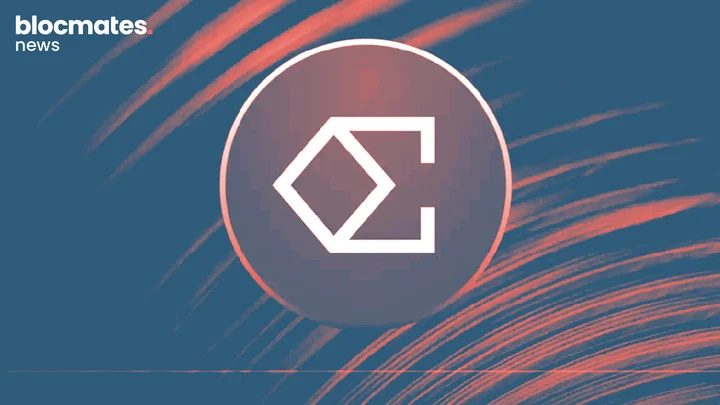
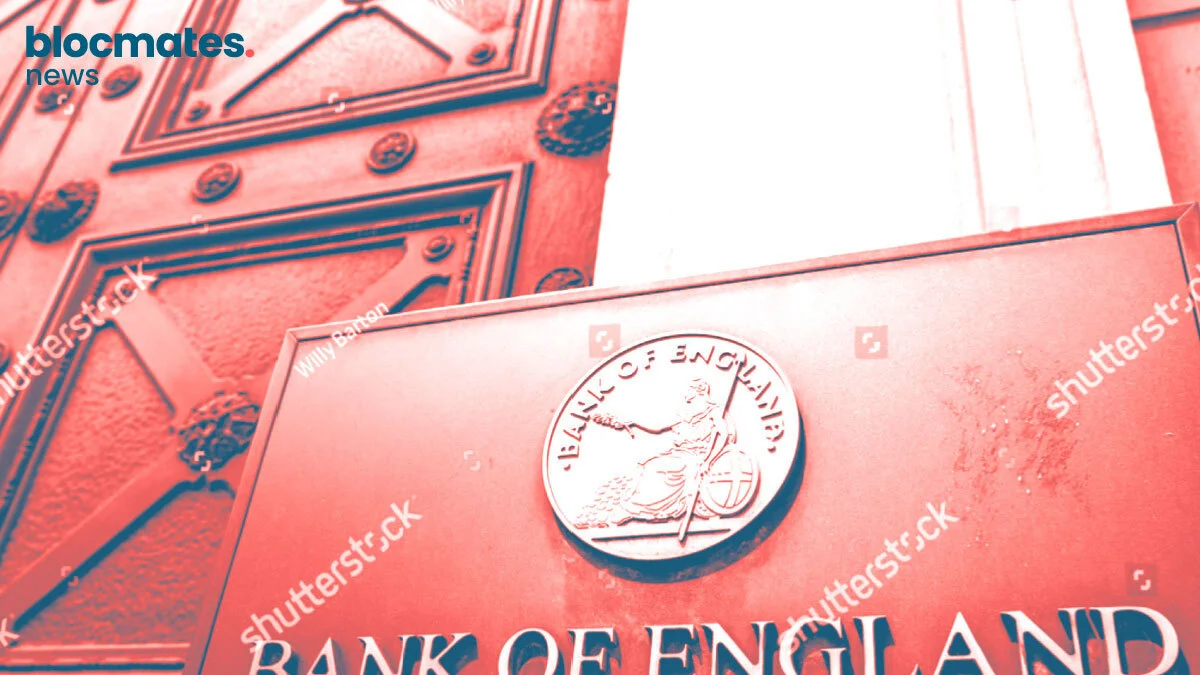

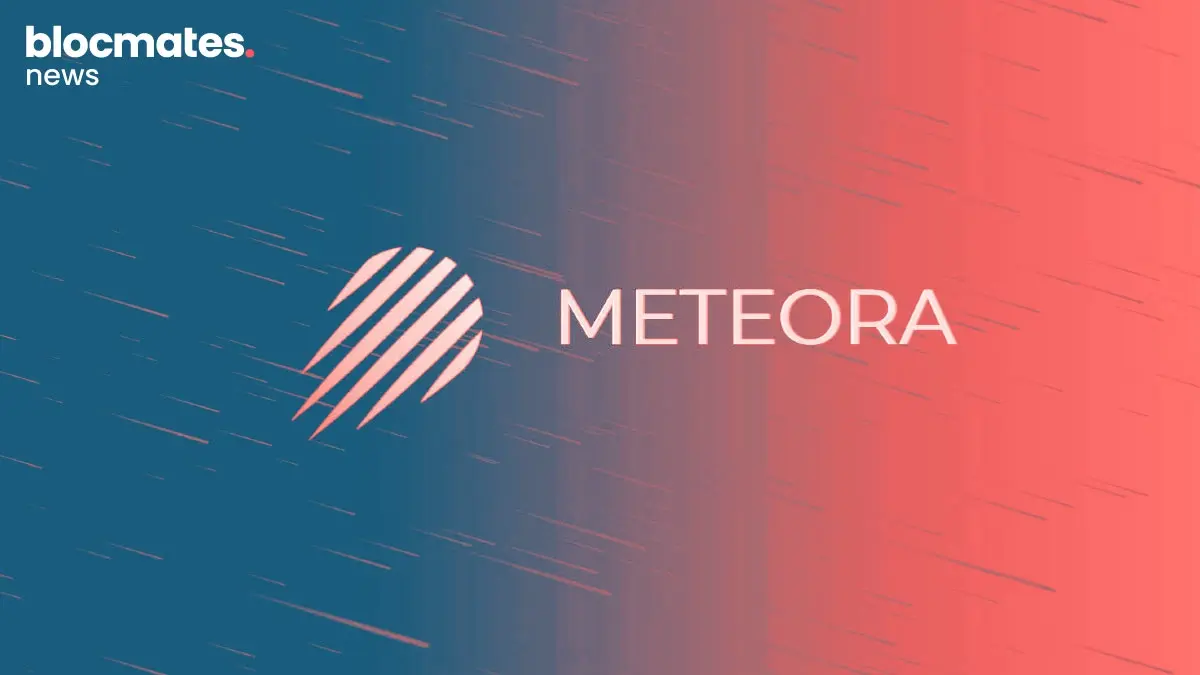
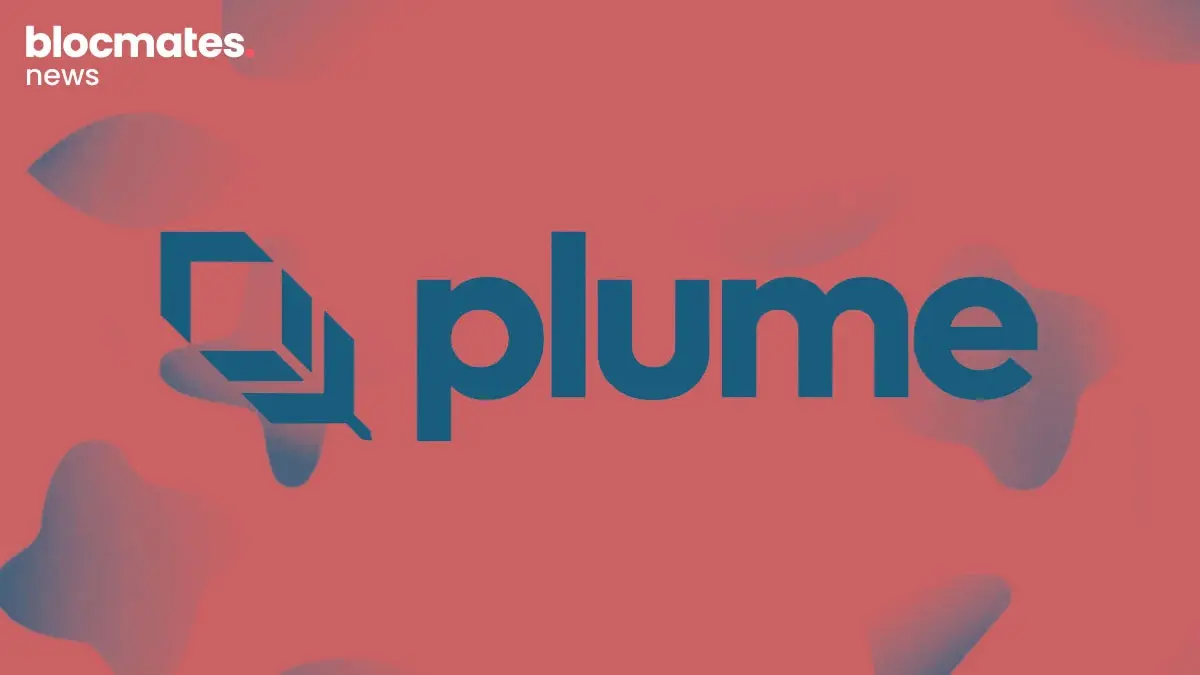

.webp)

.webp)

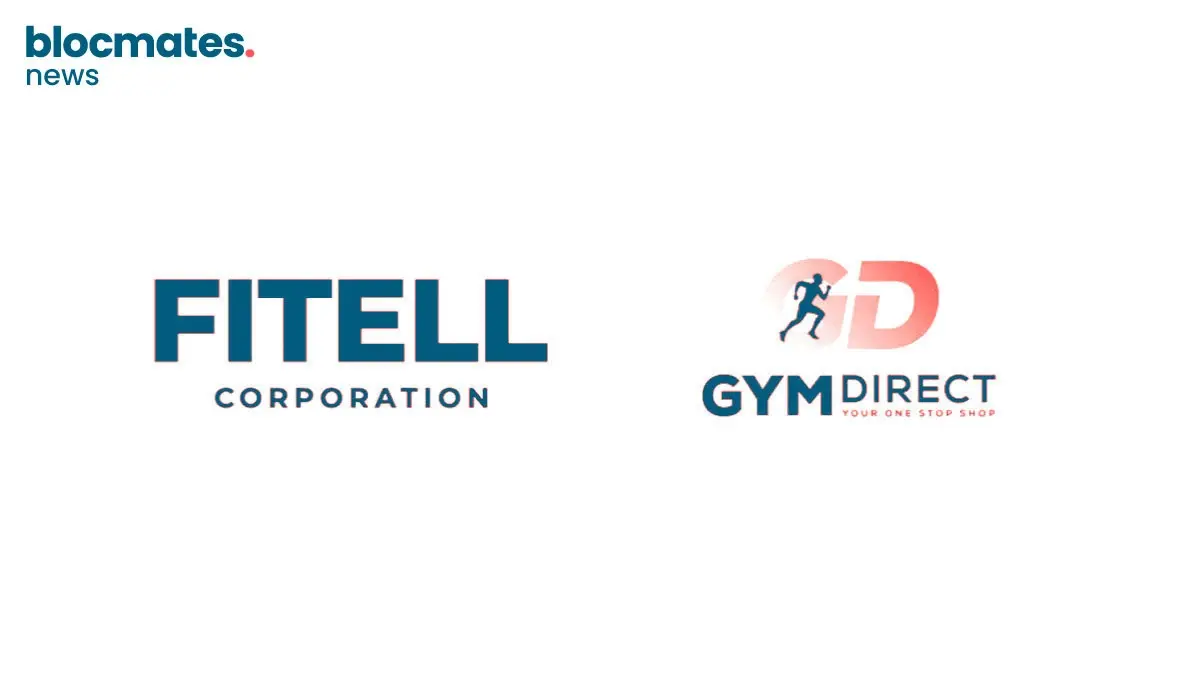
.webp)

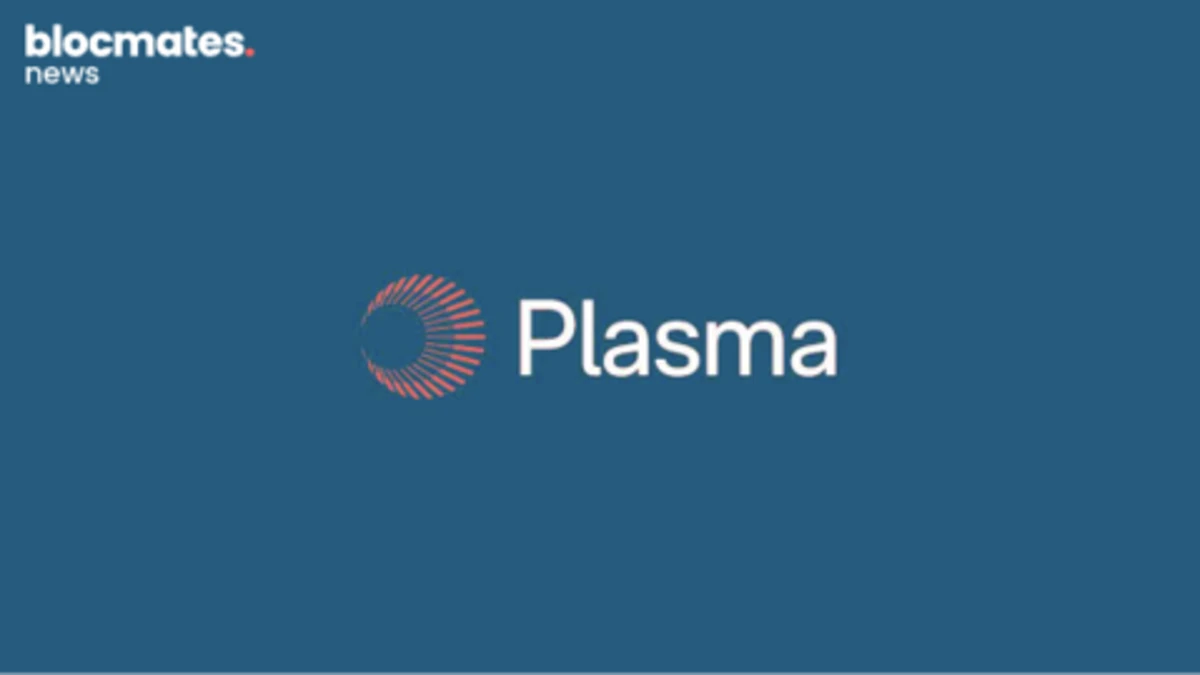

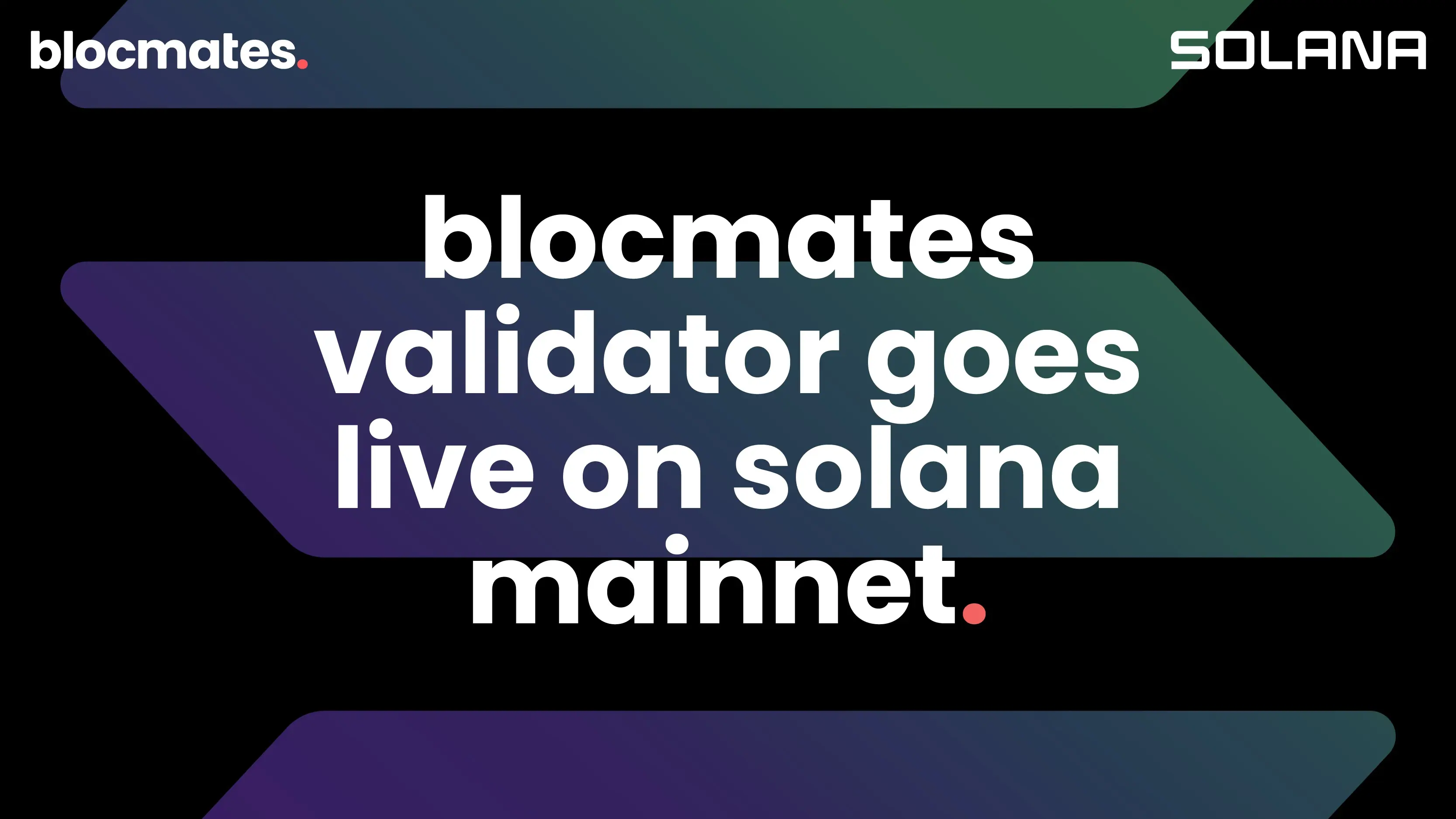
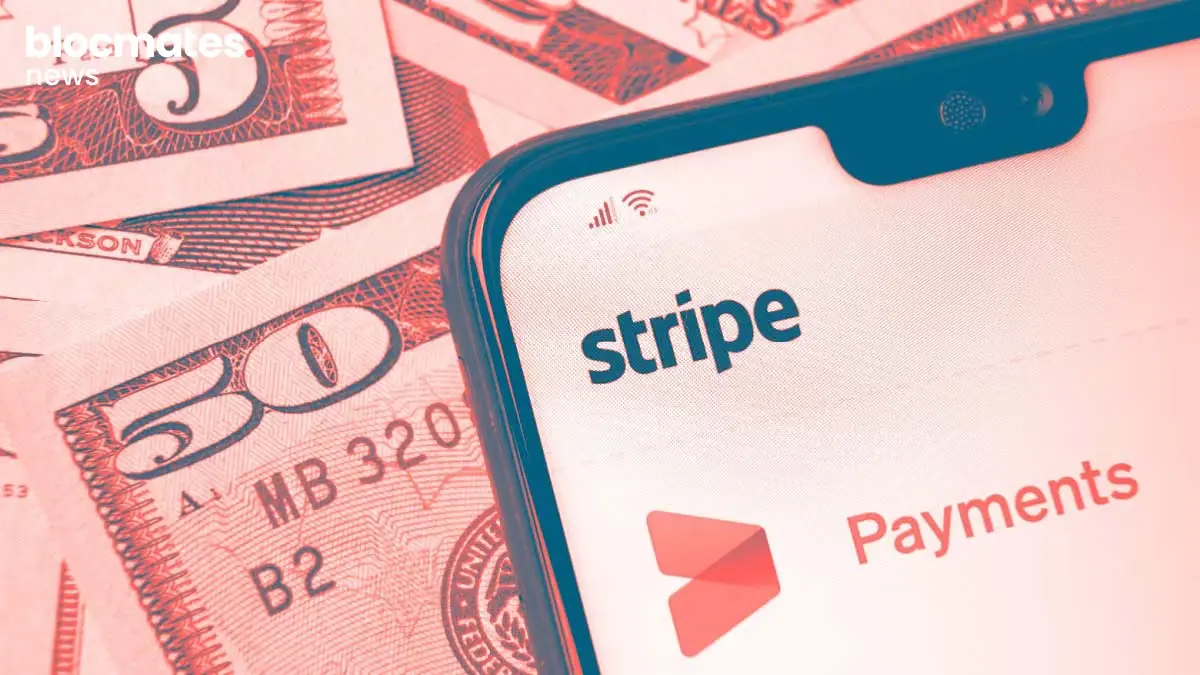



.webp)
